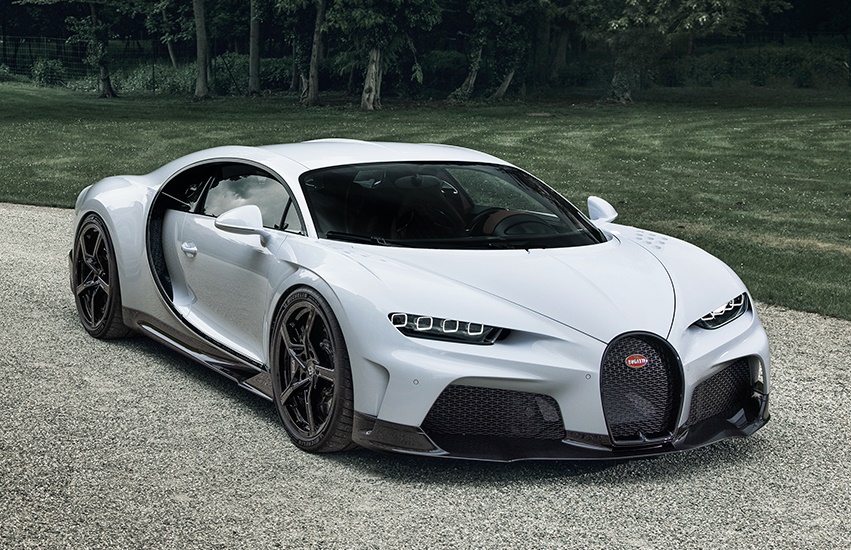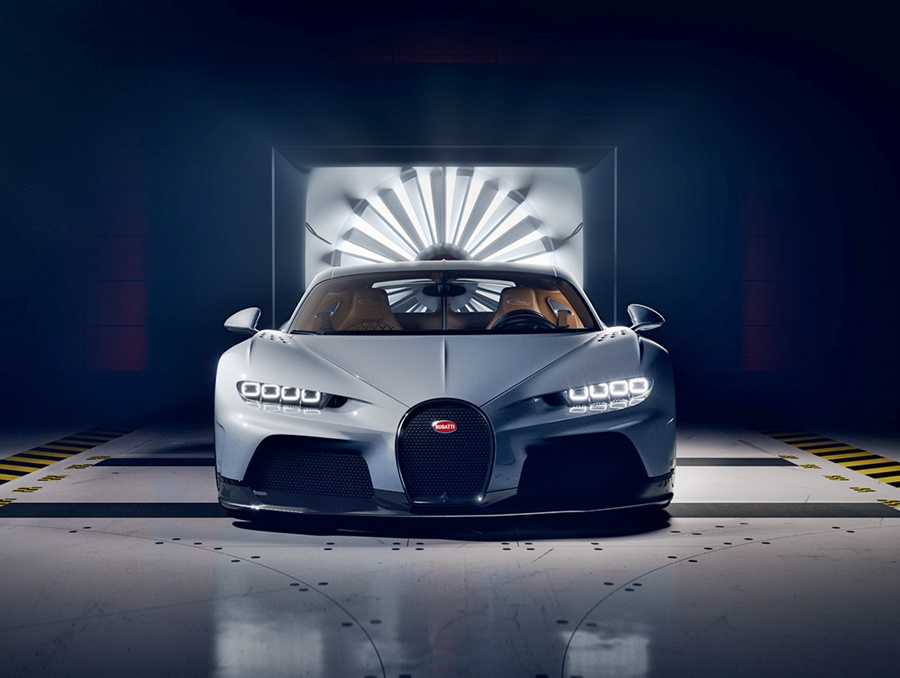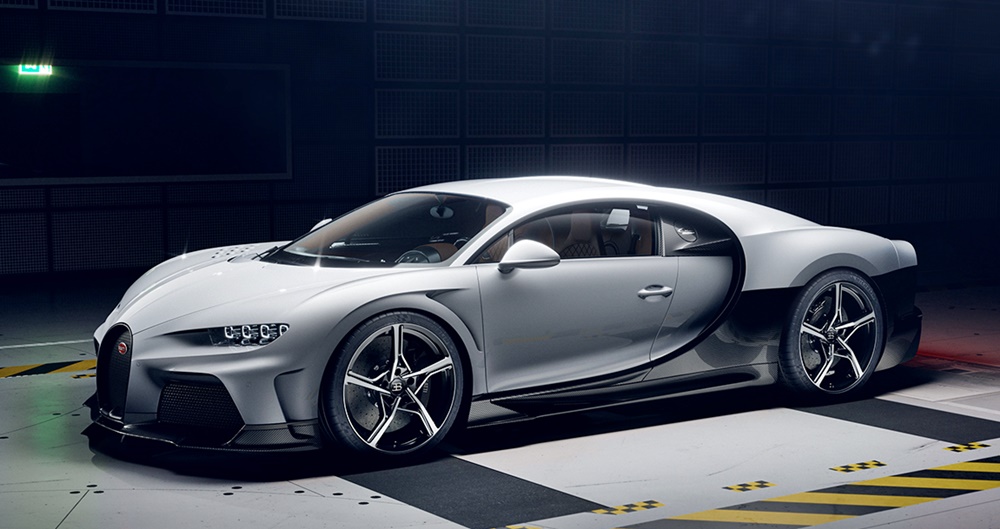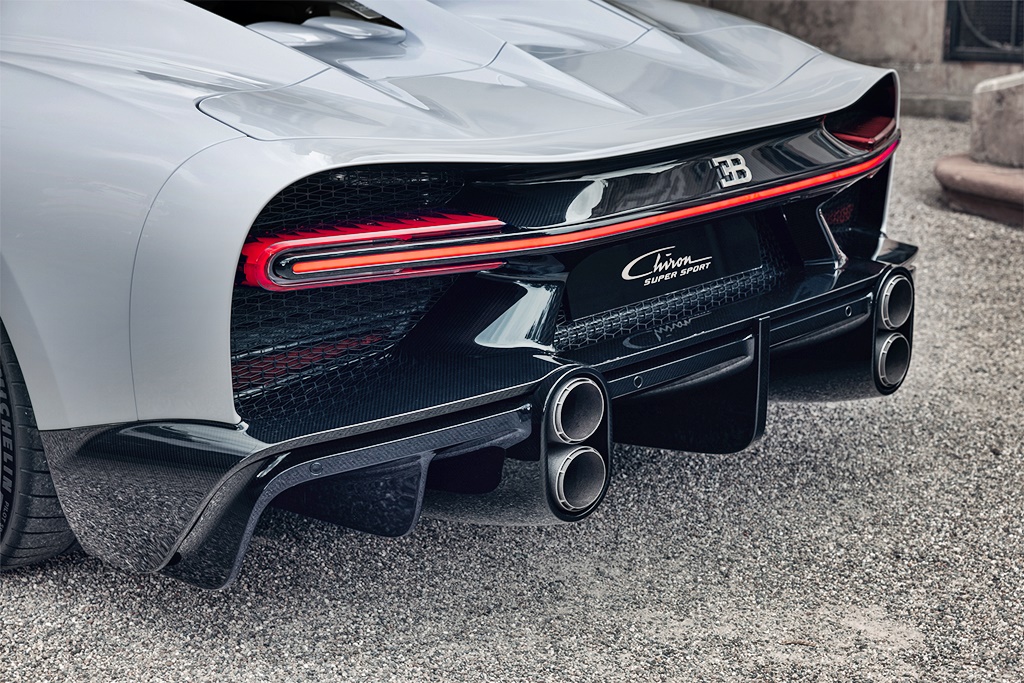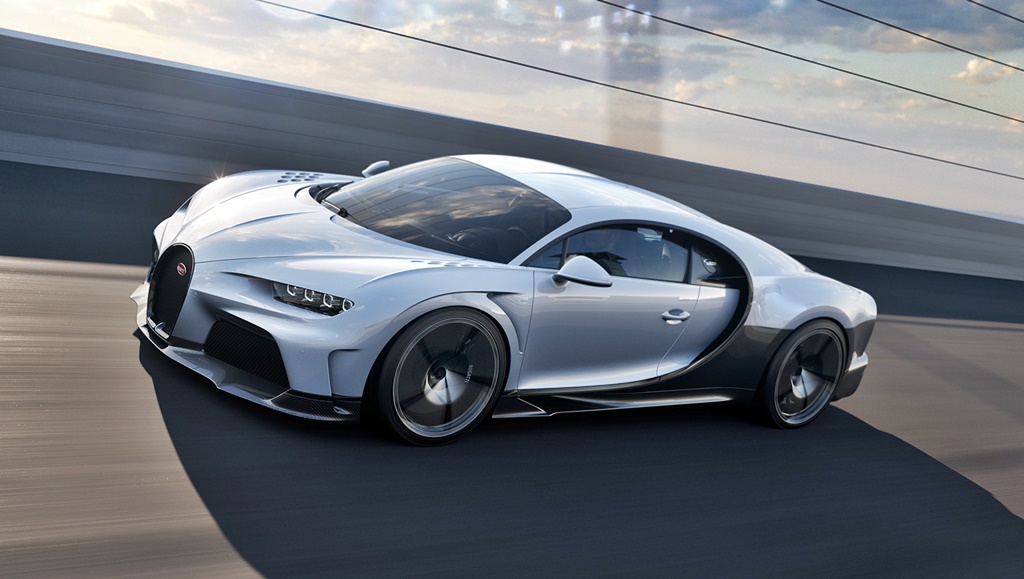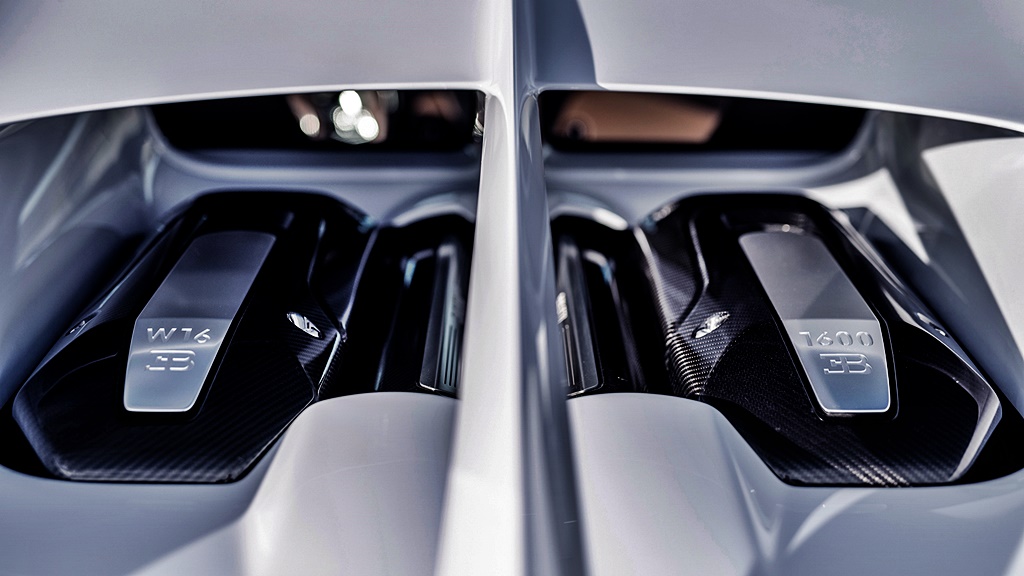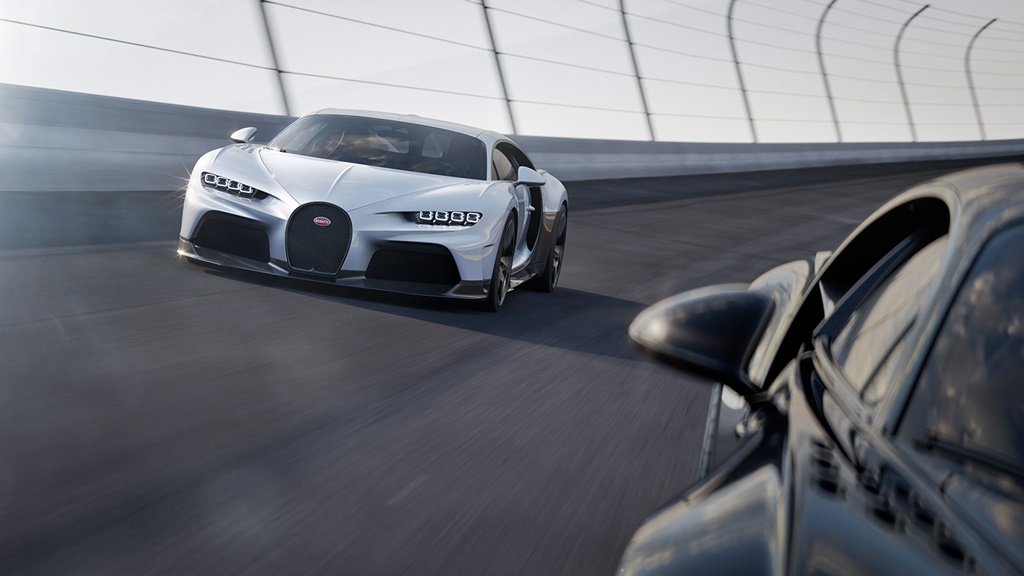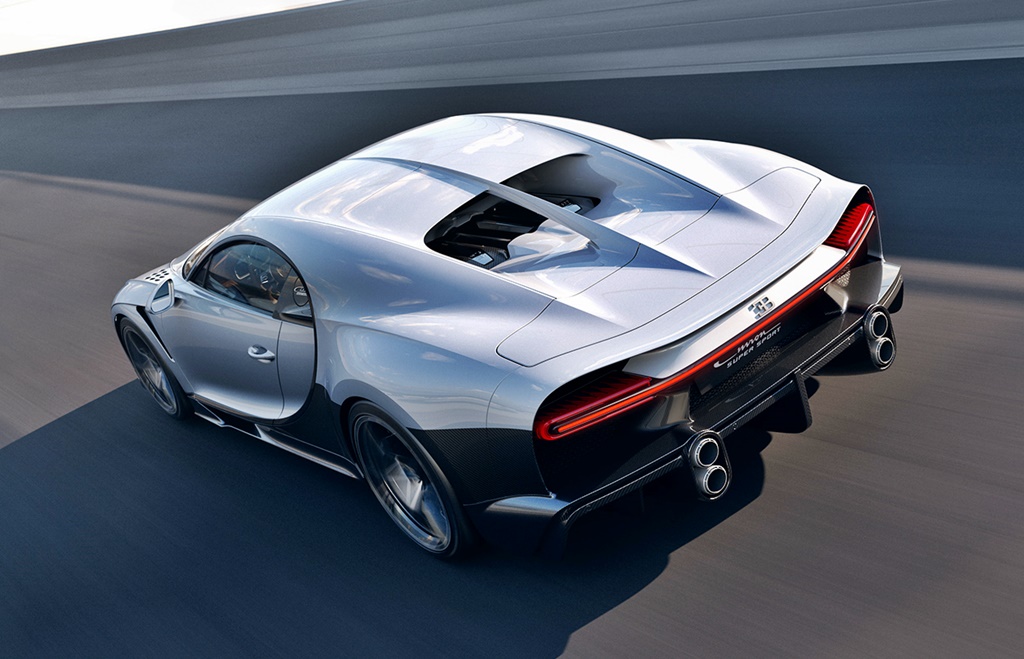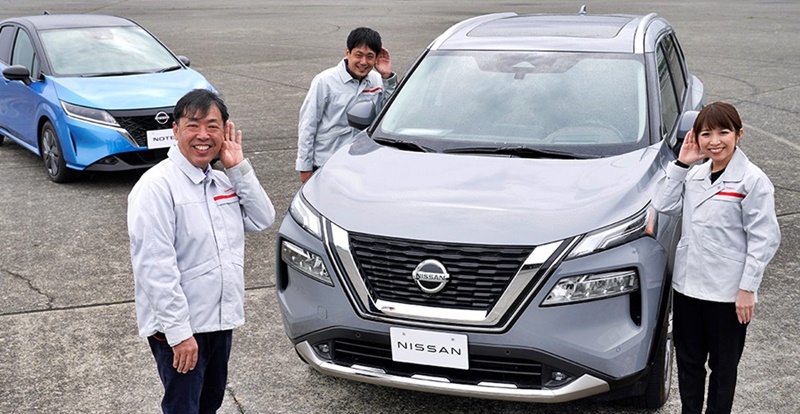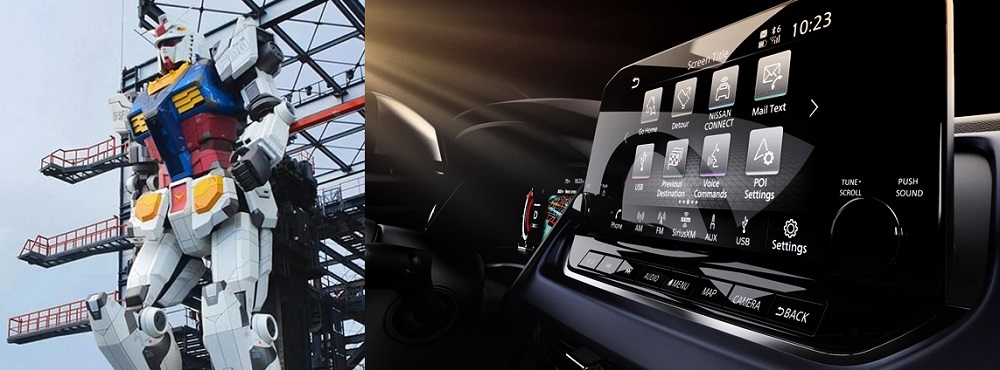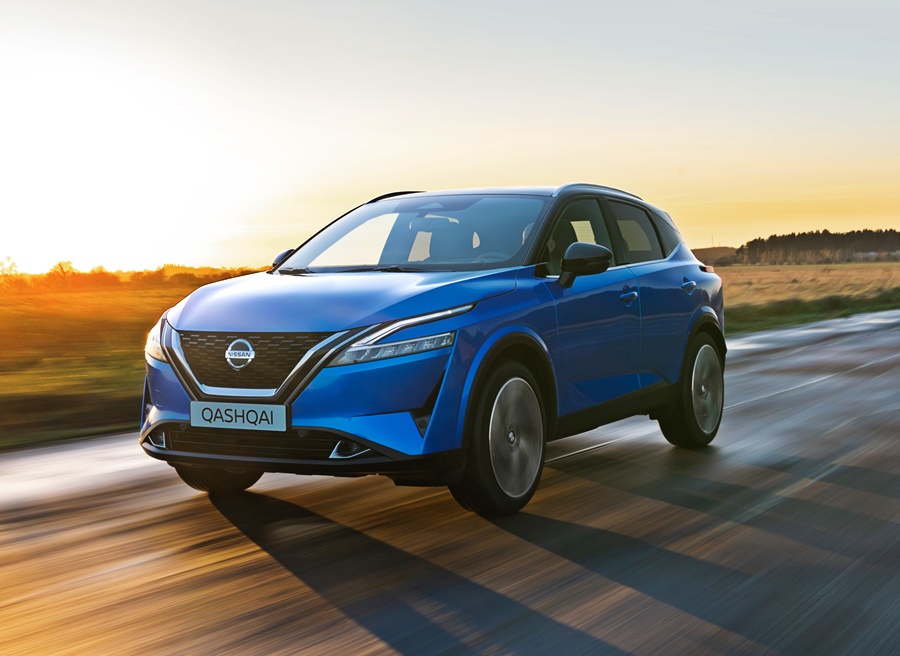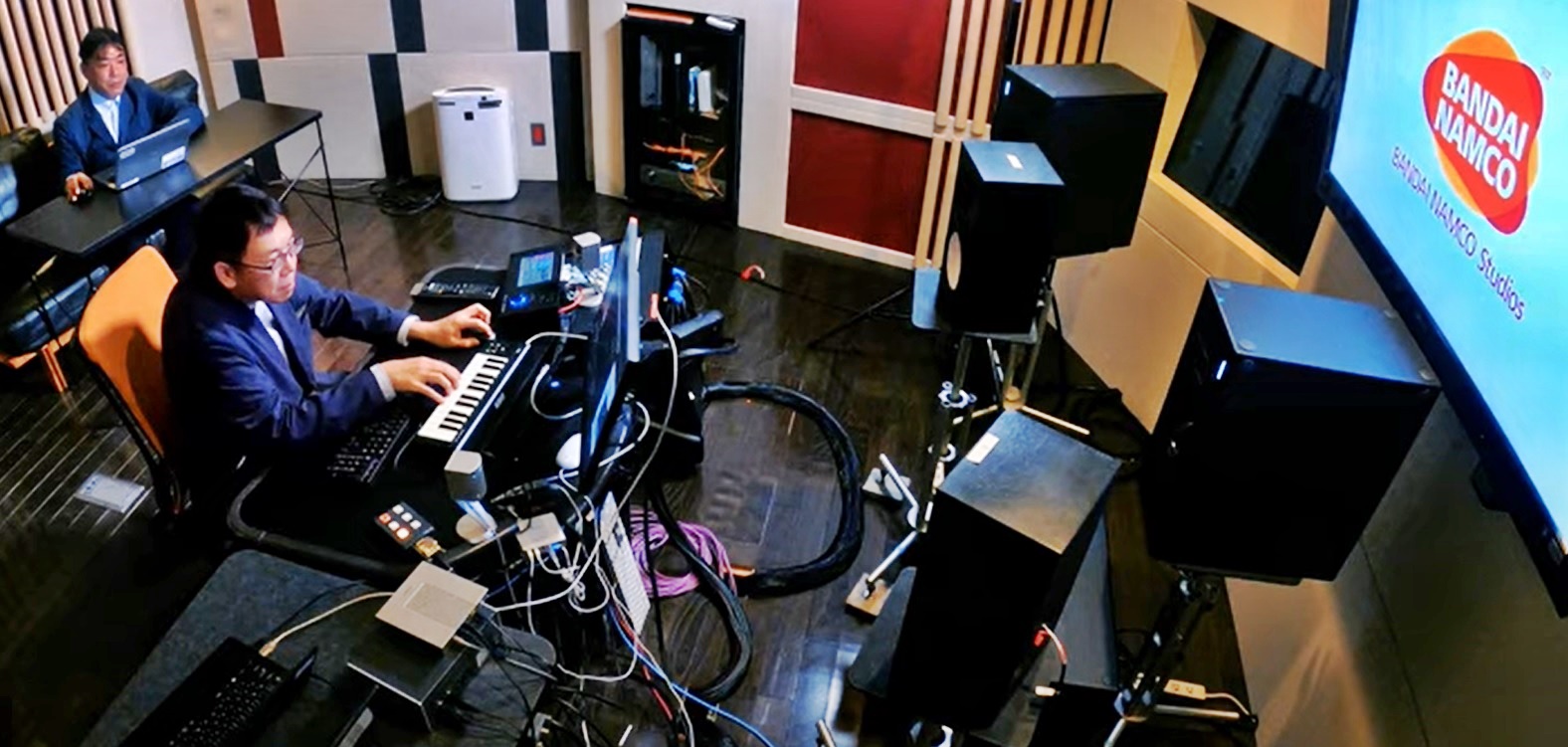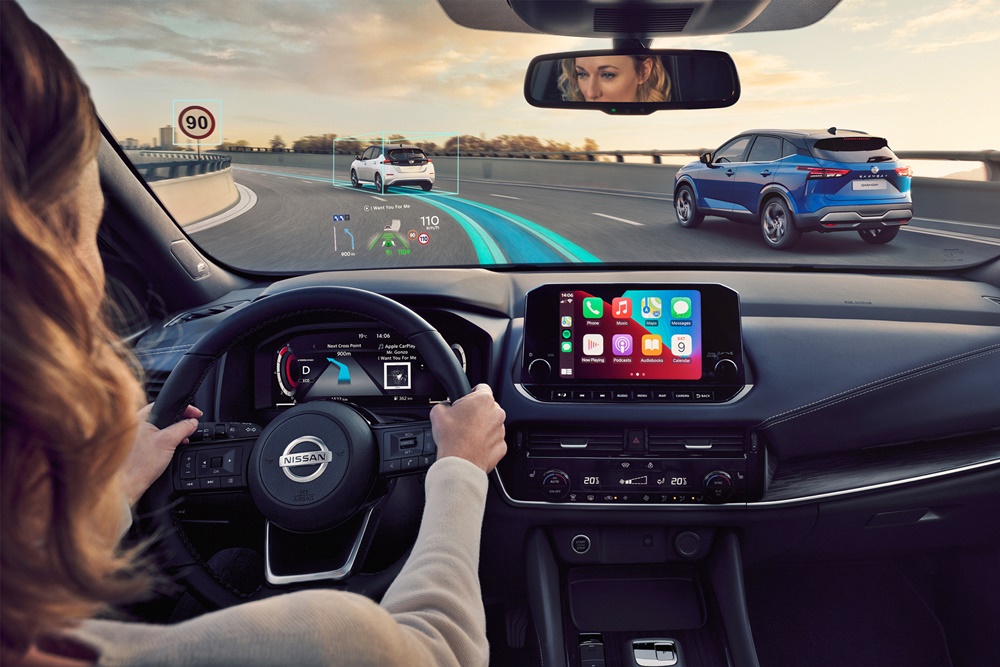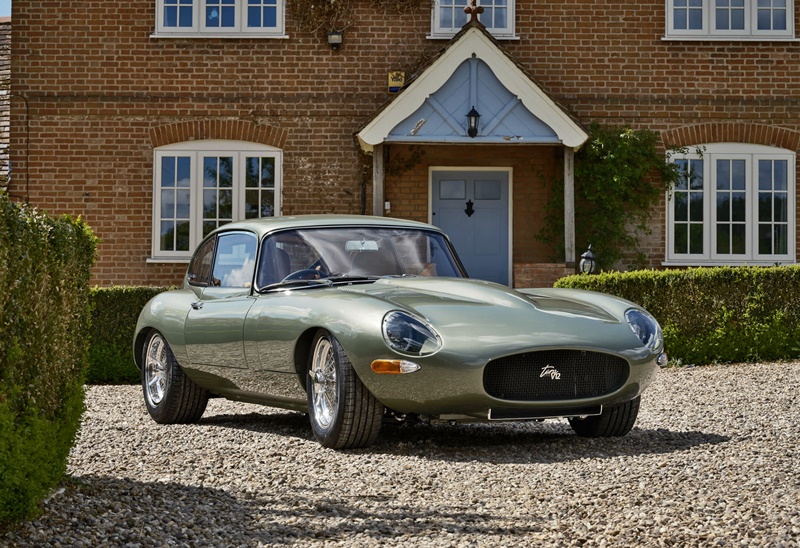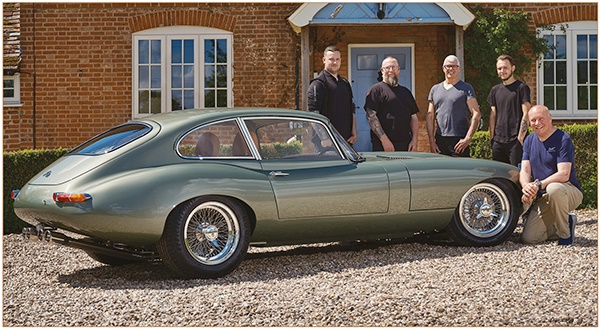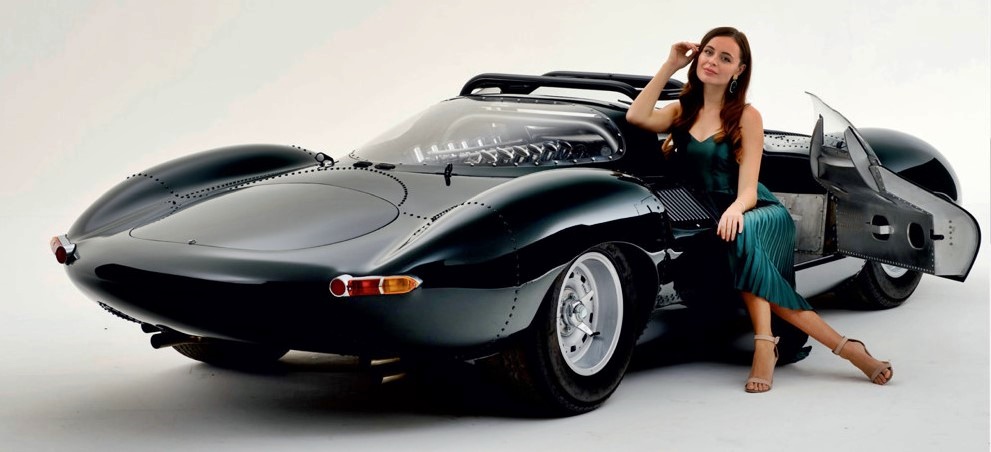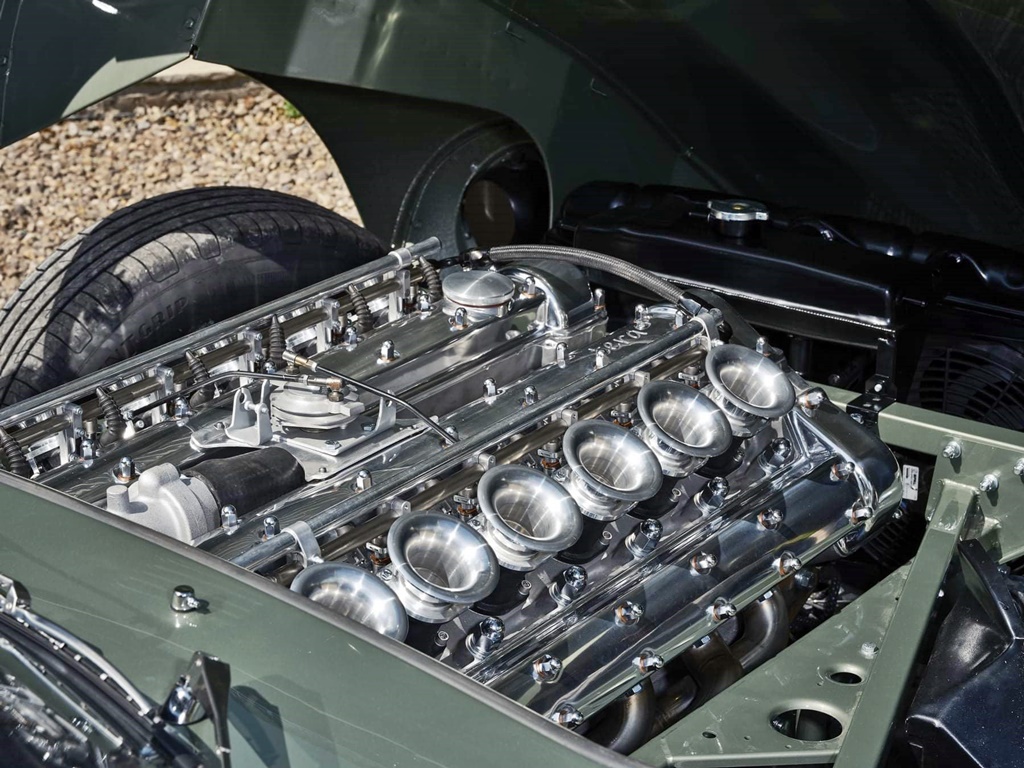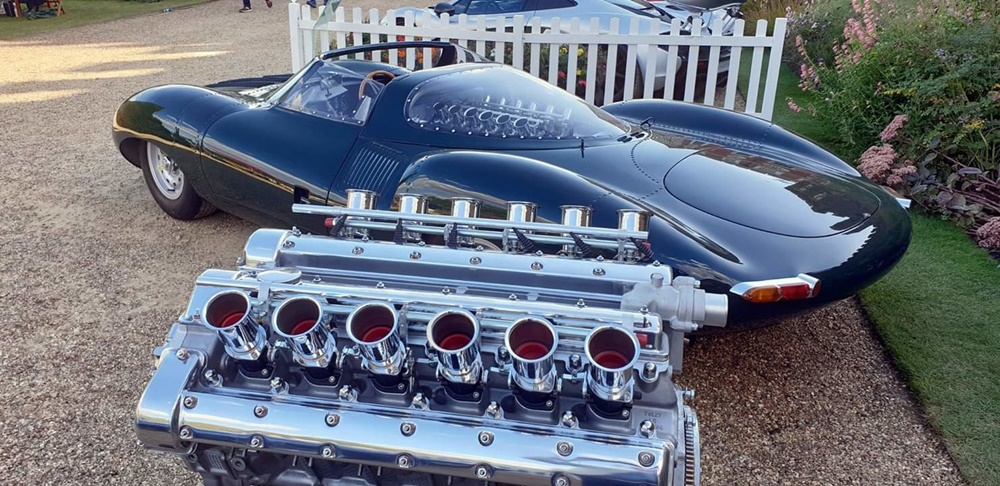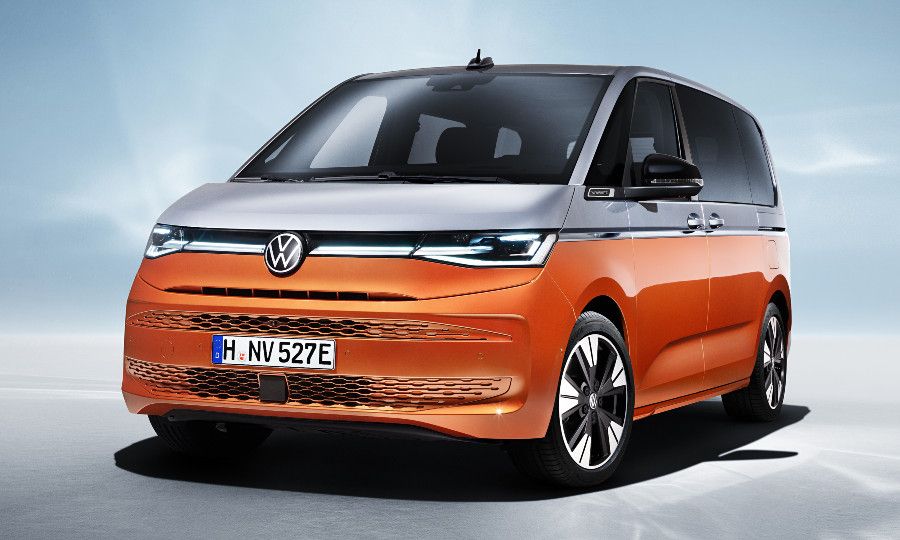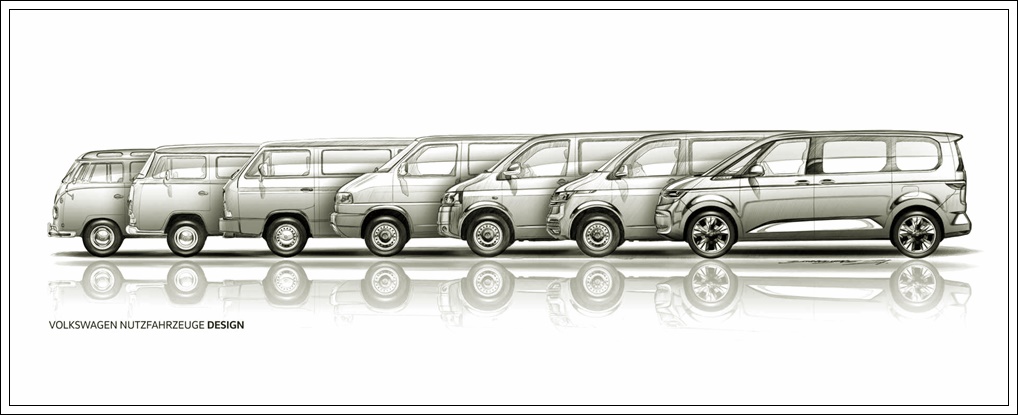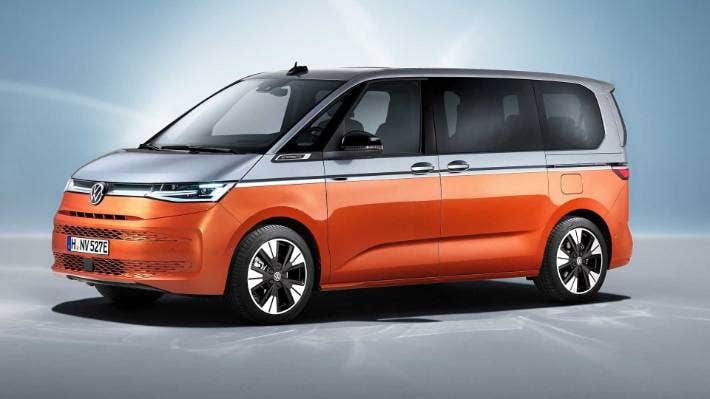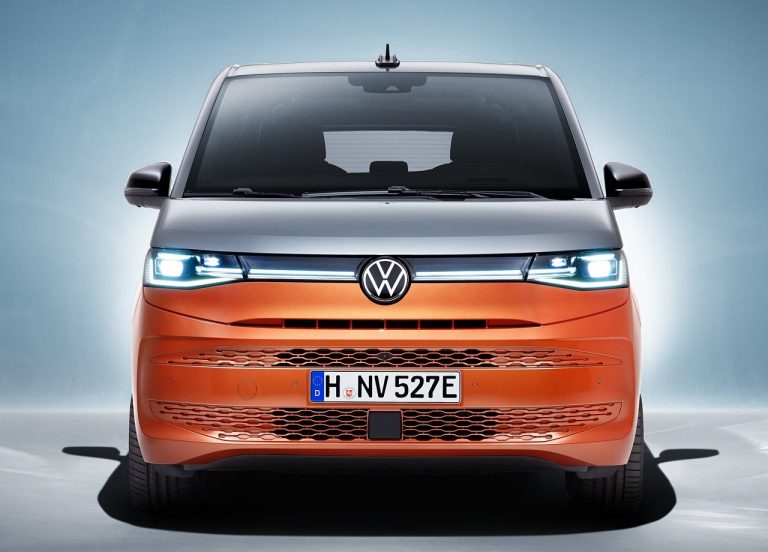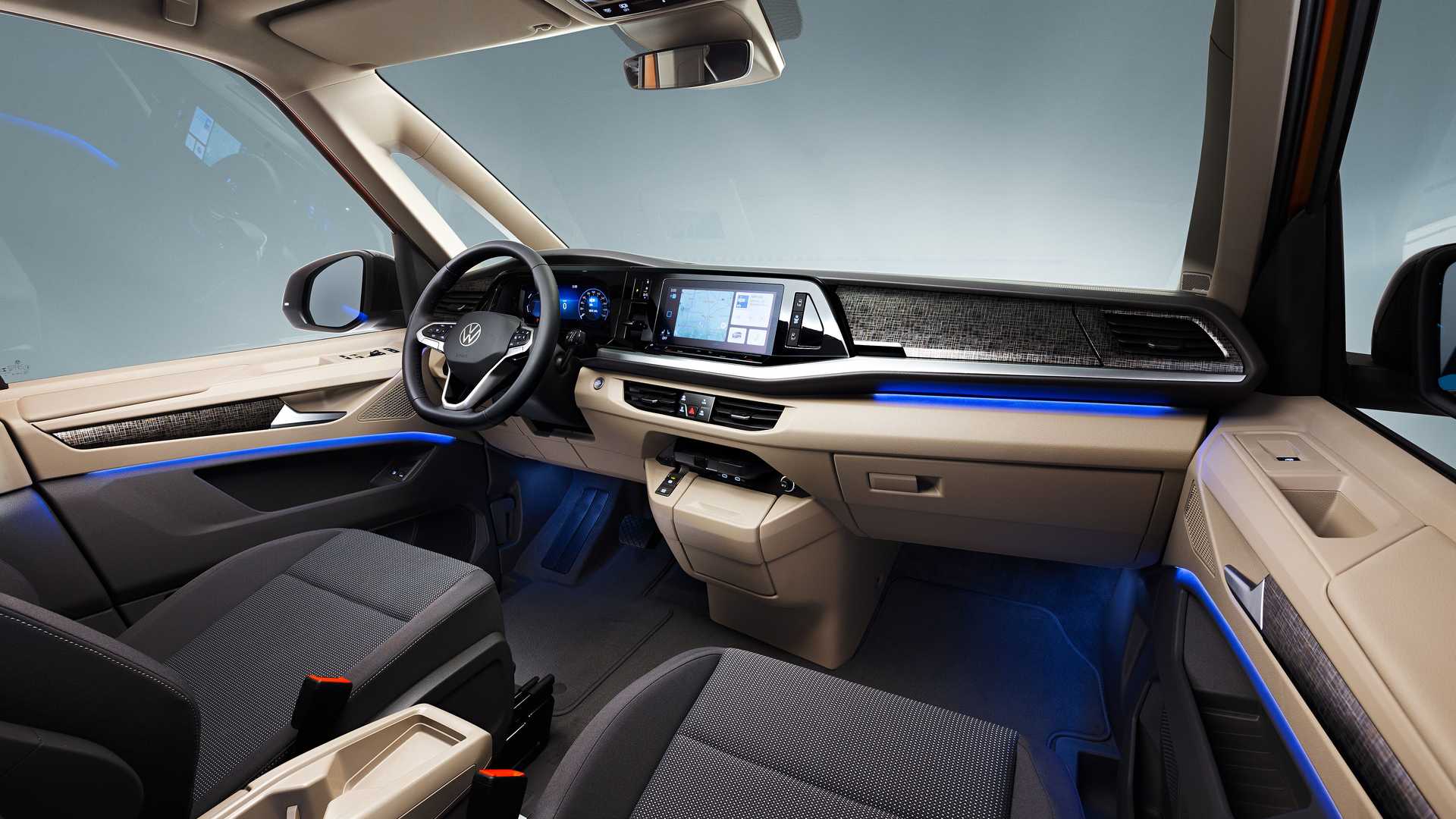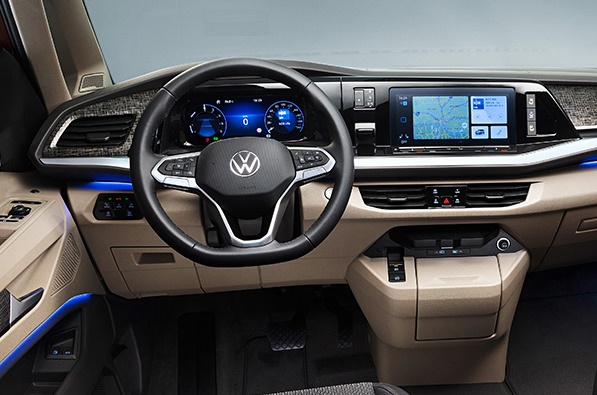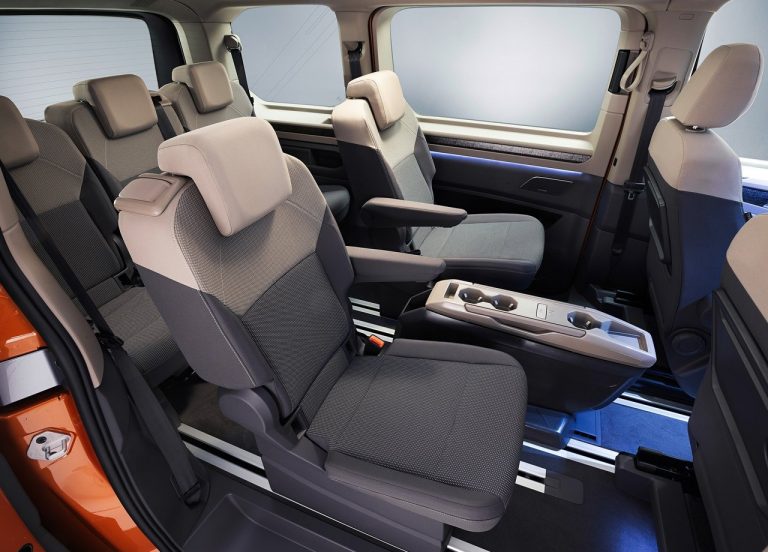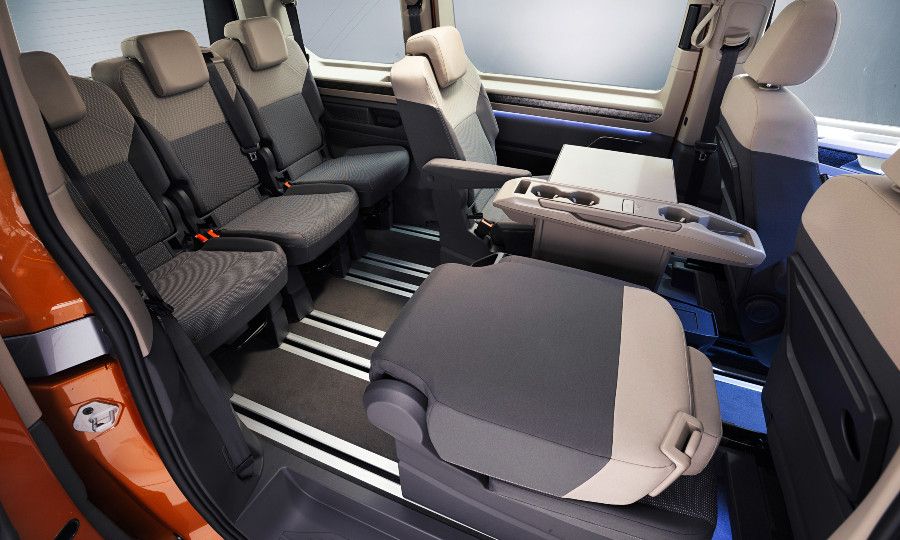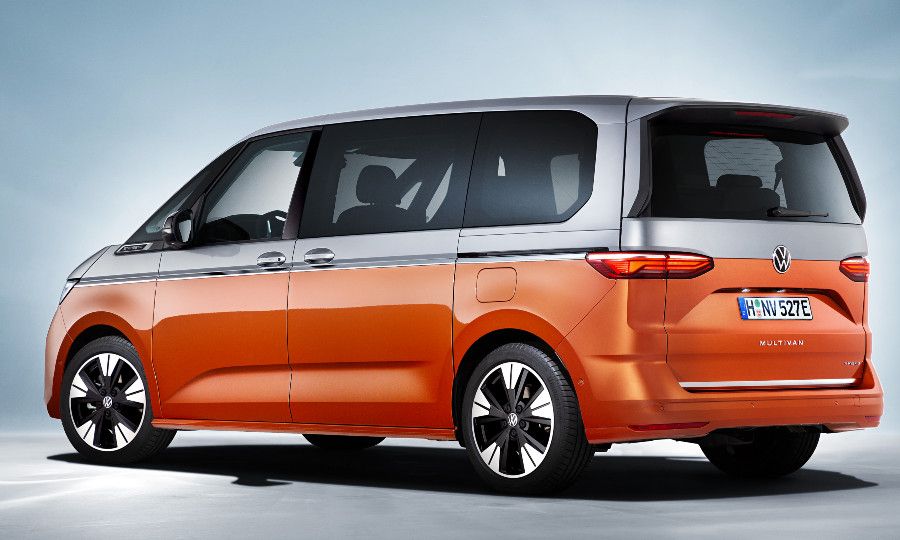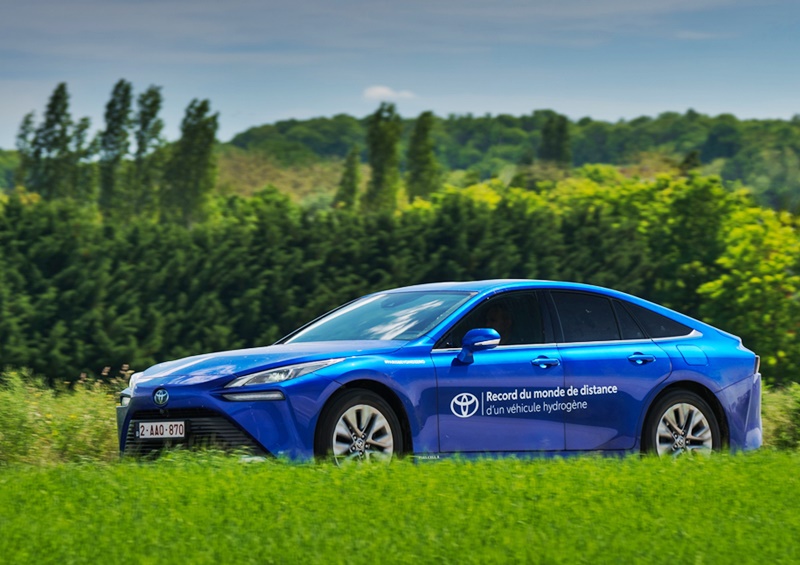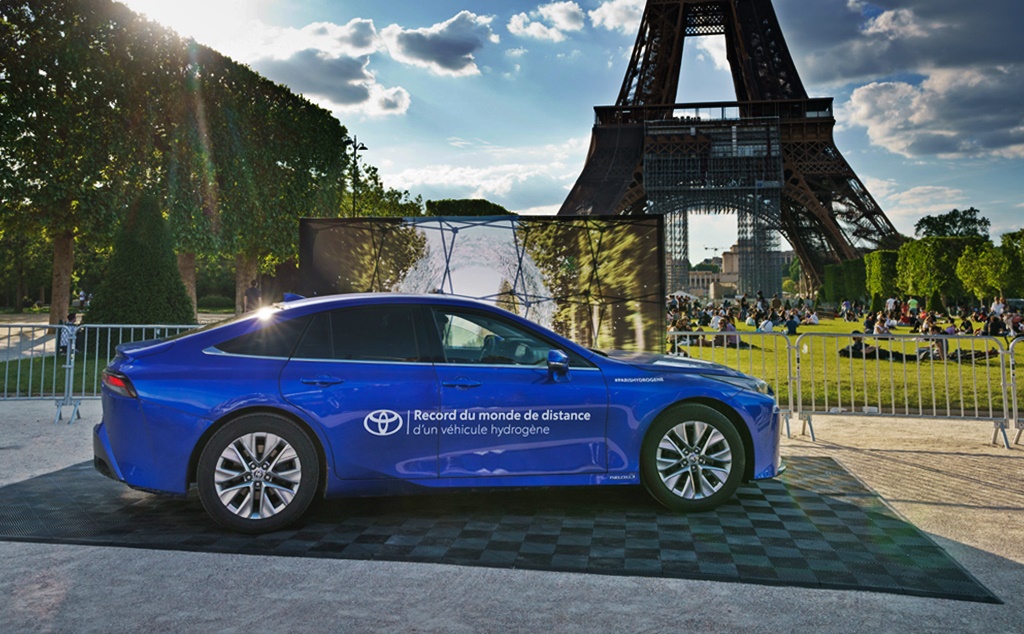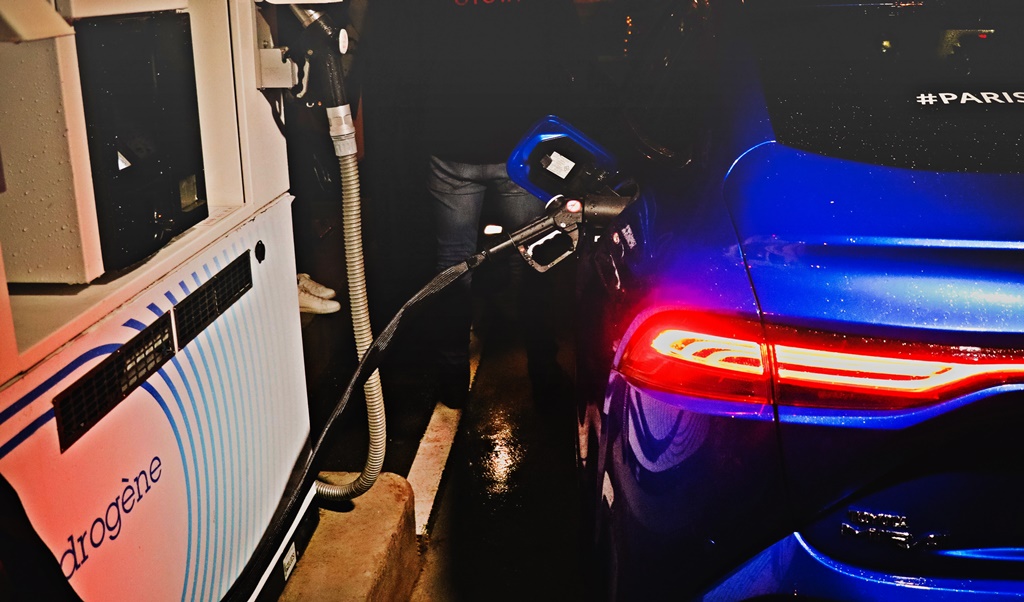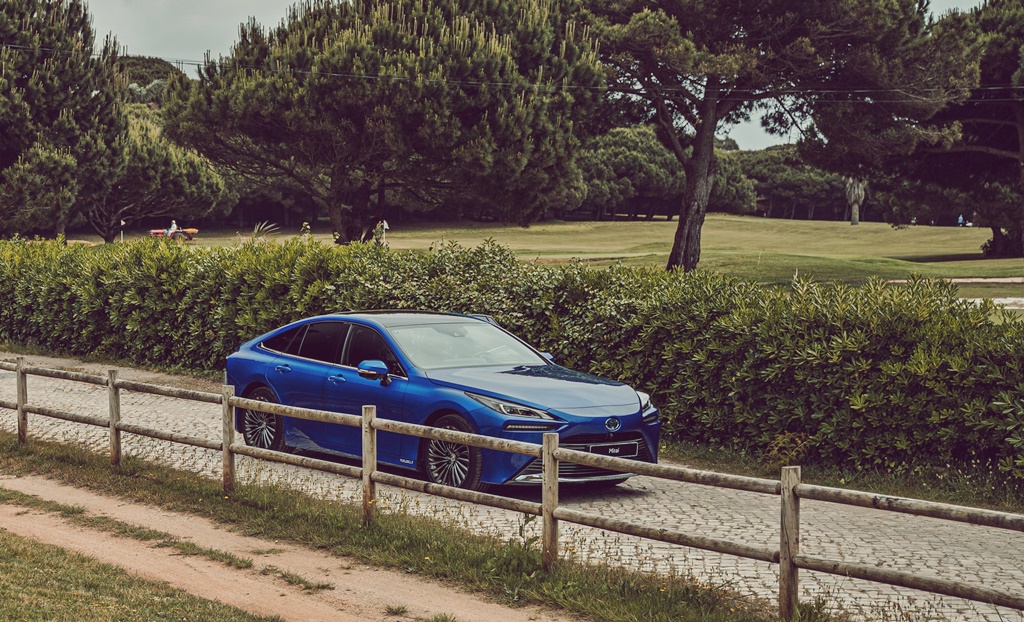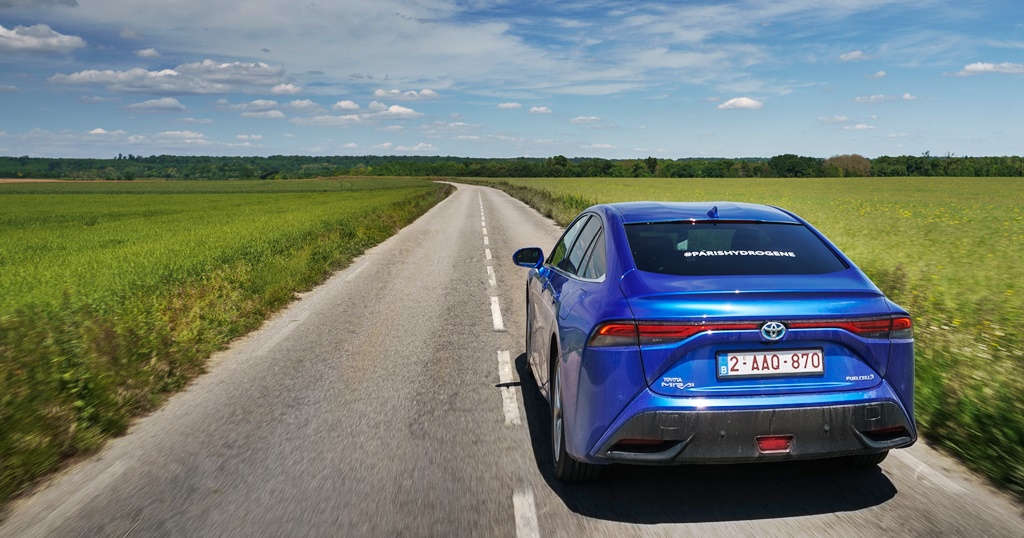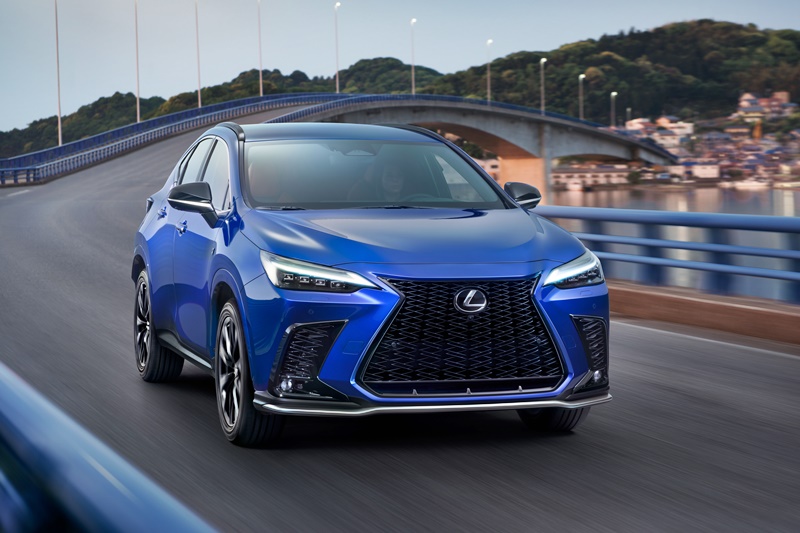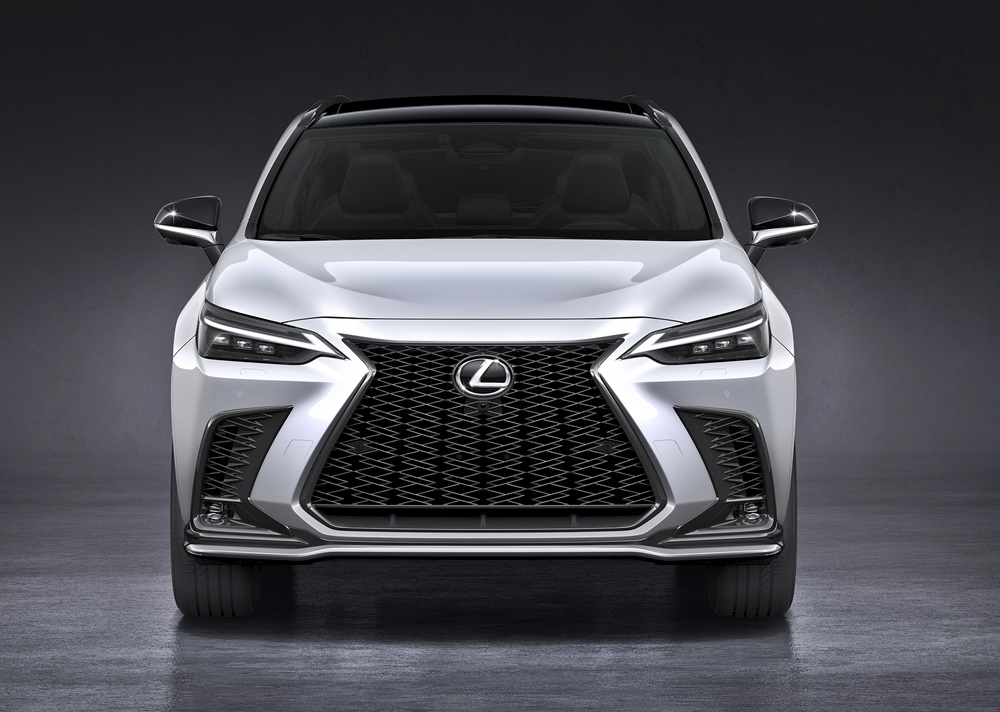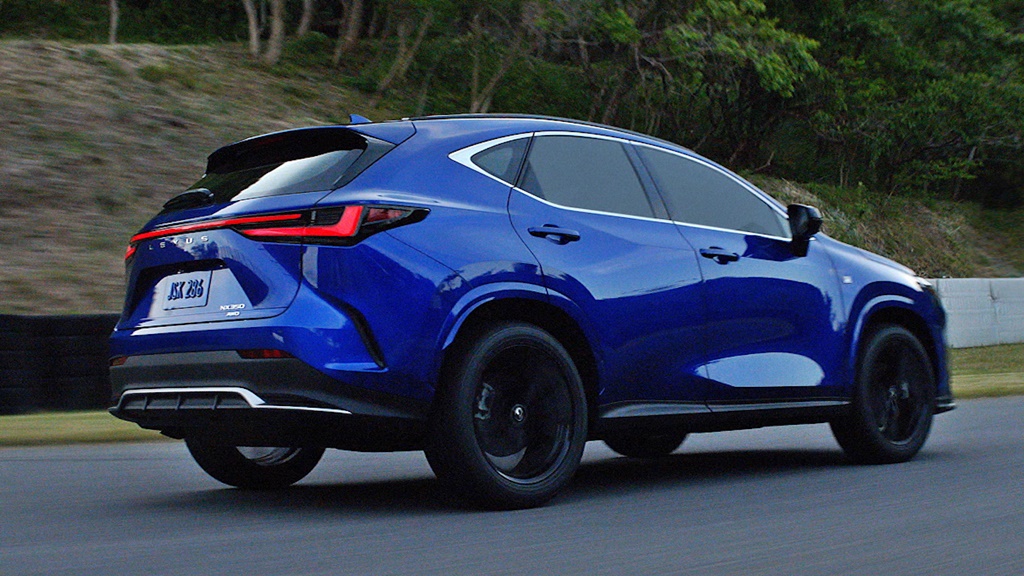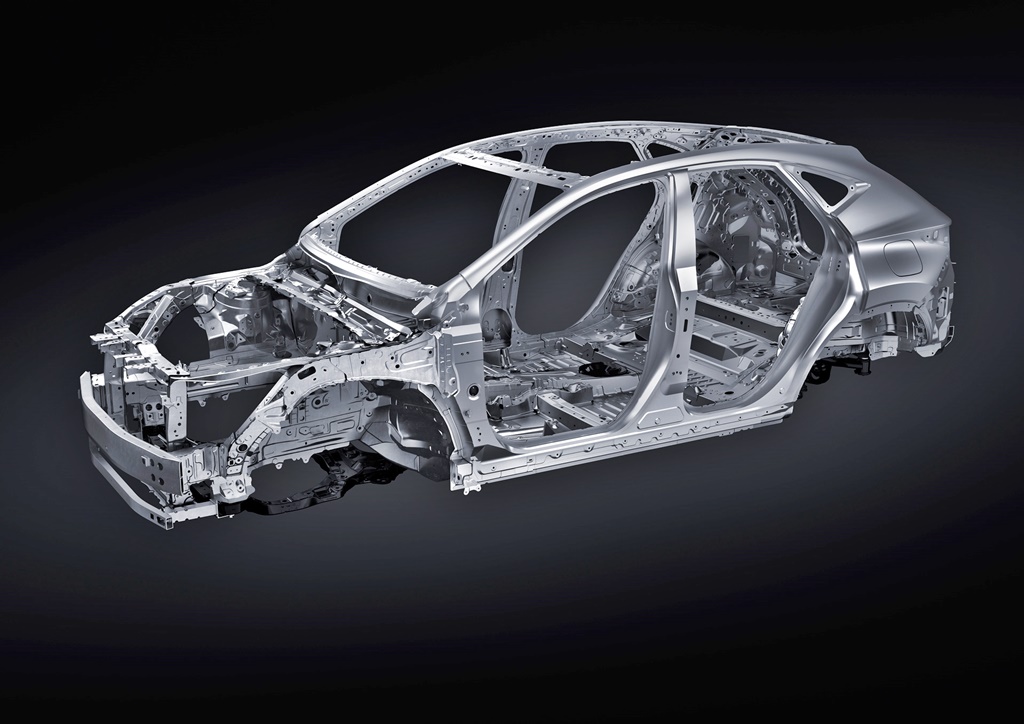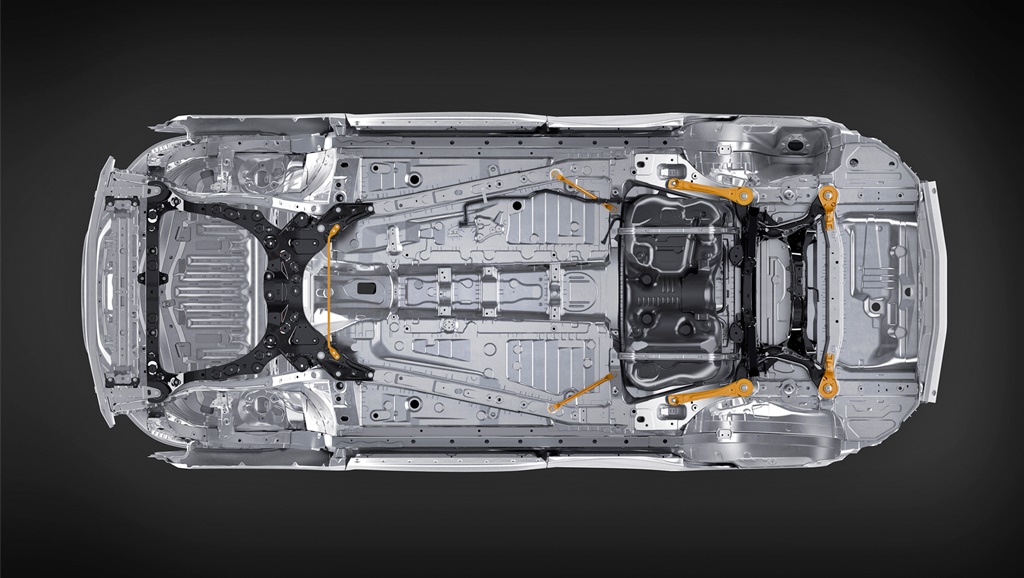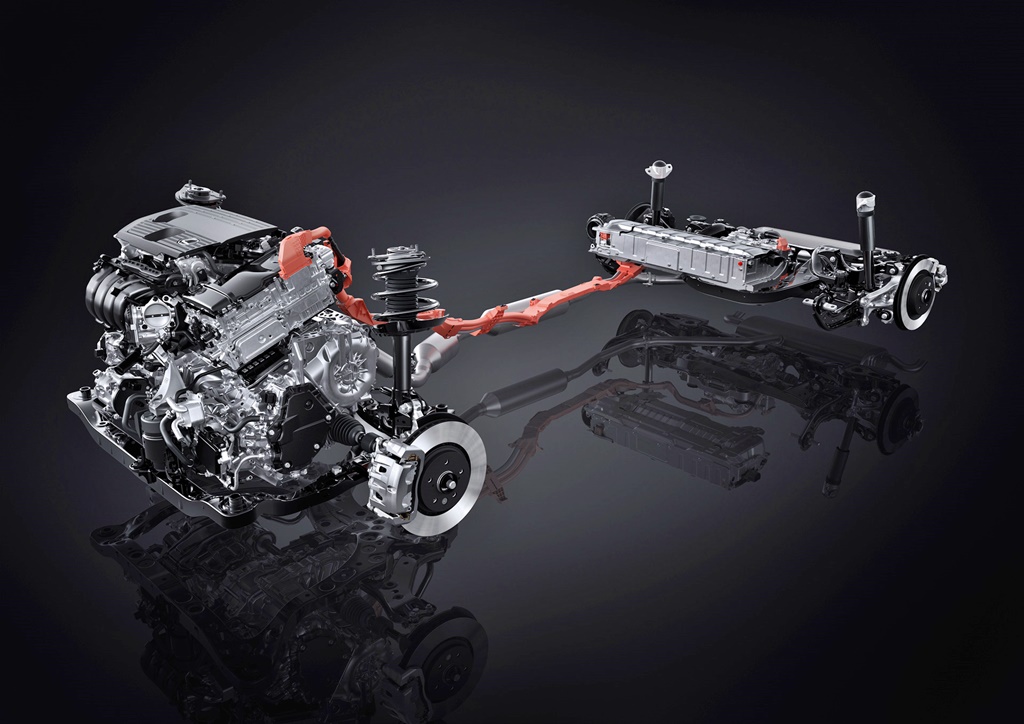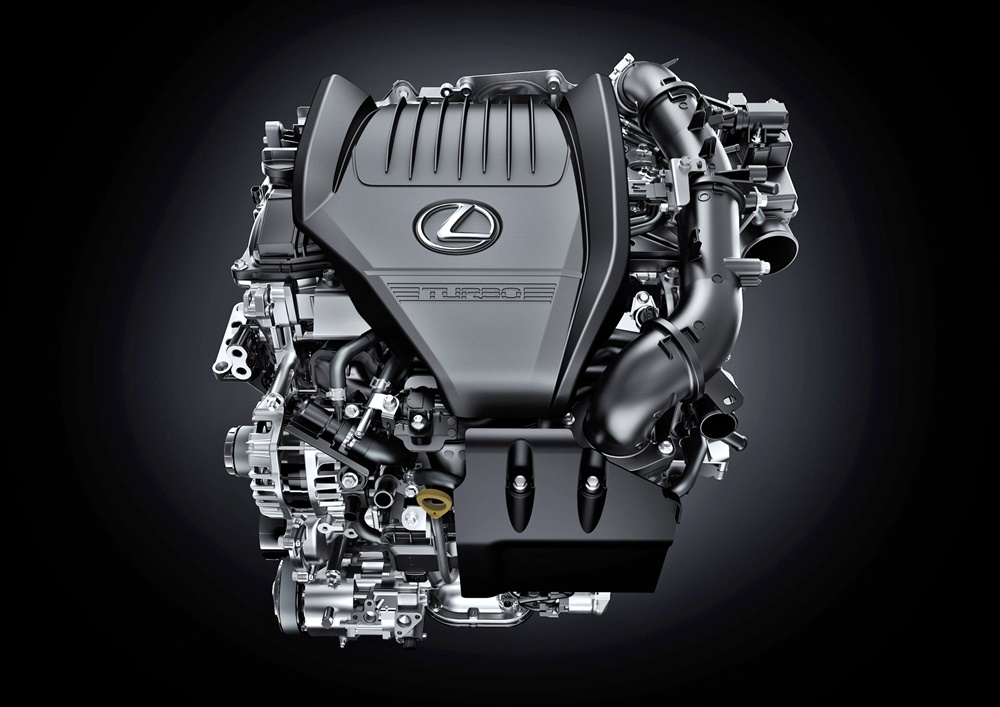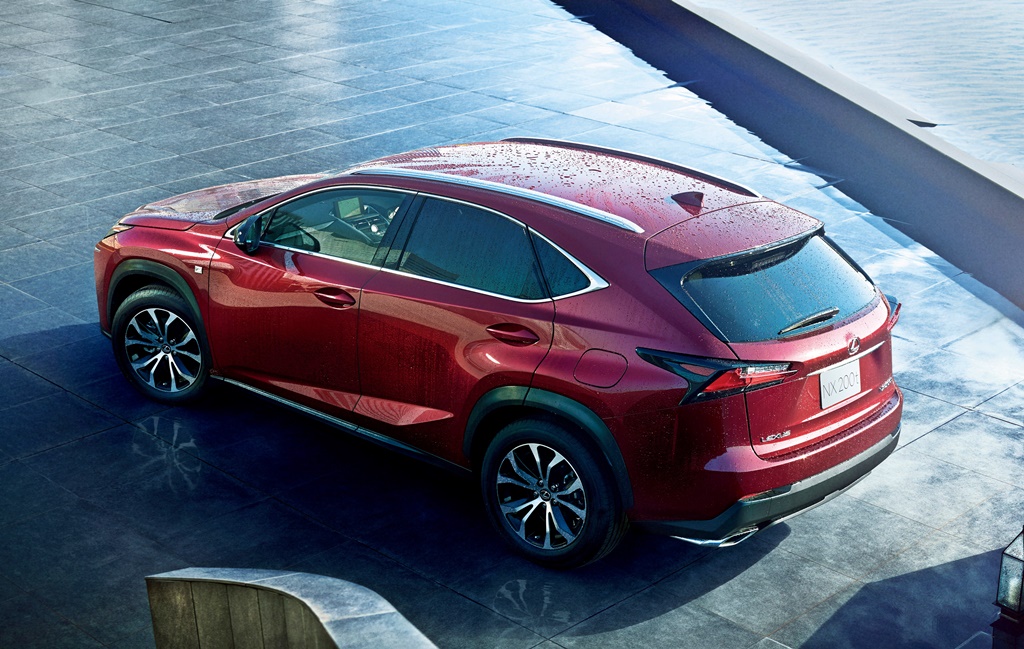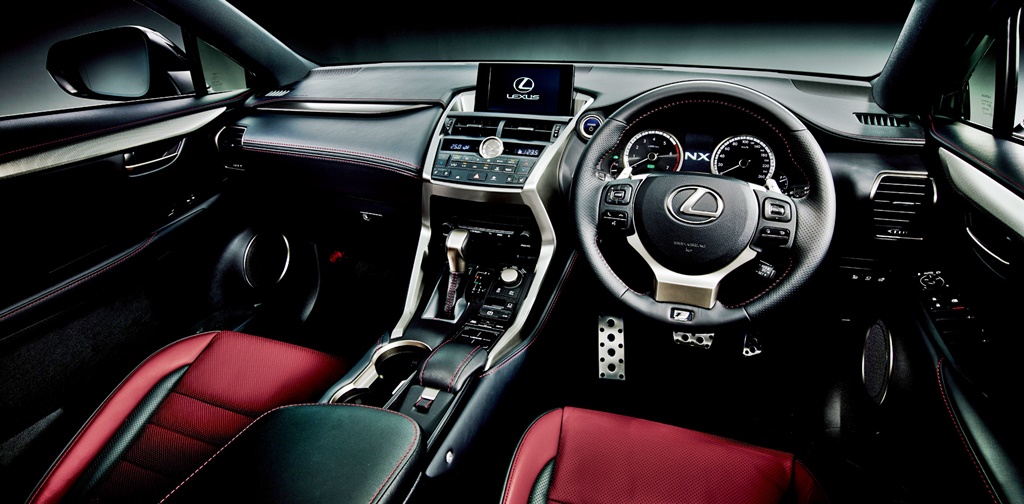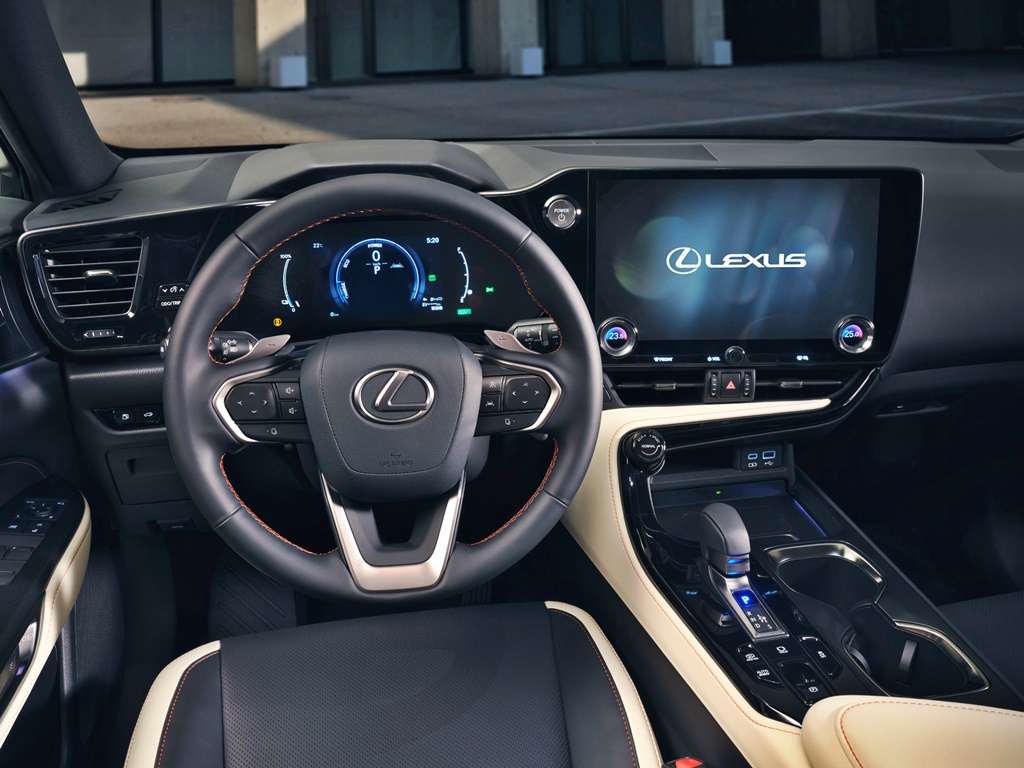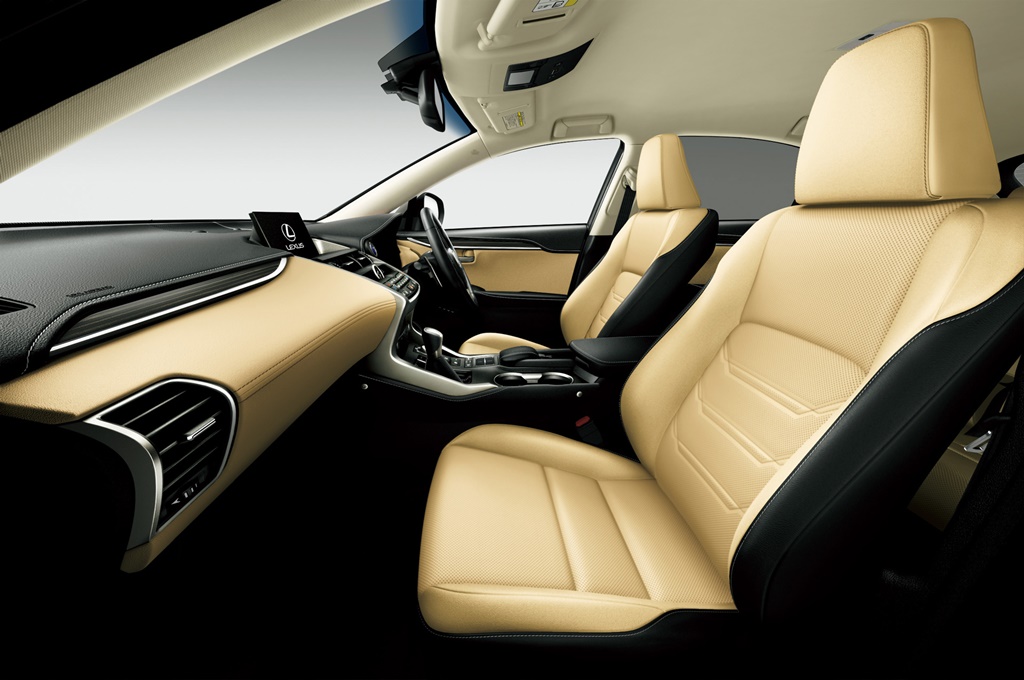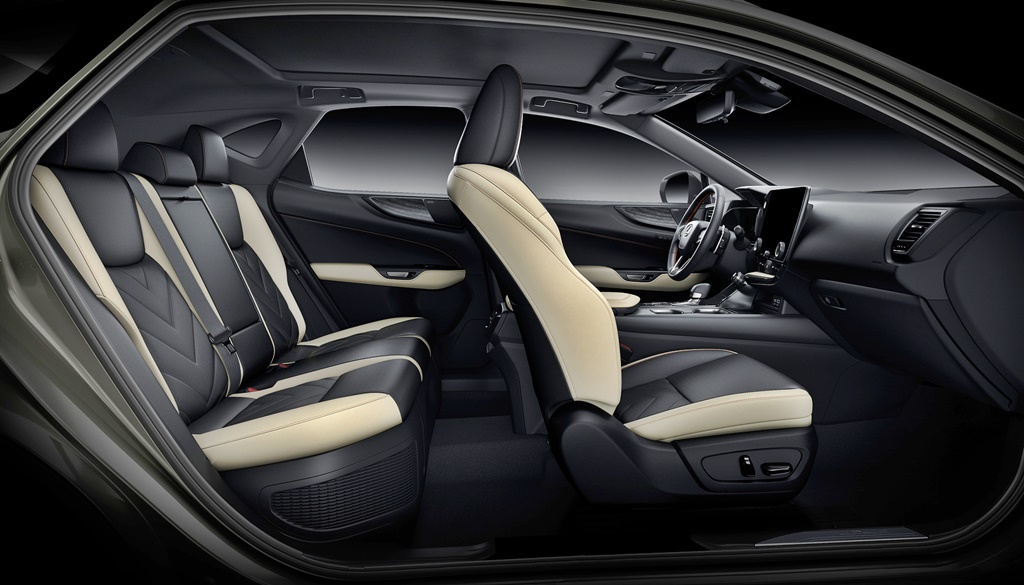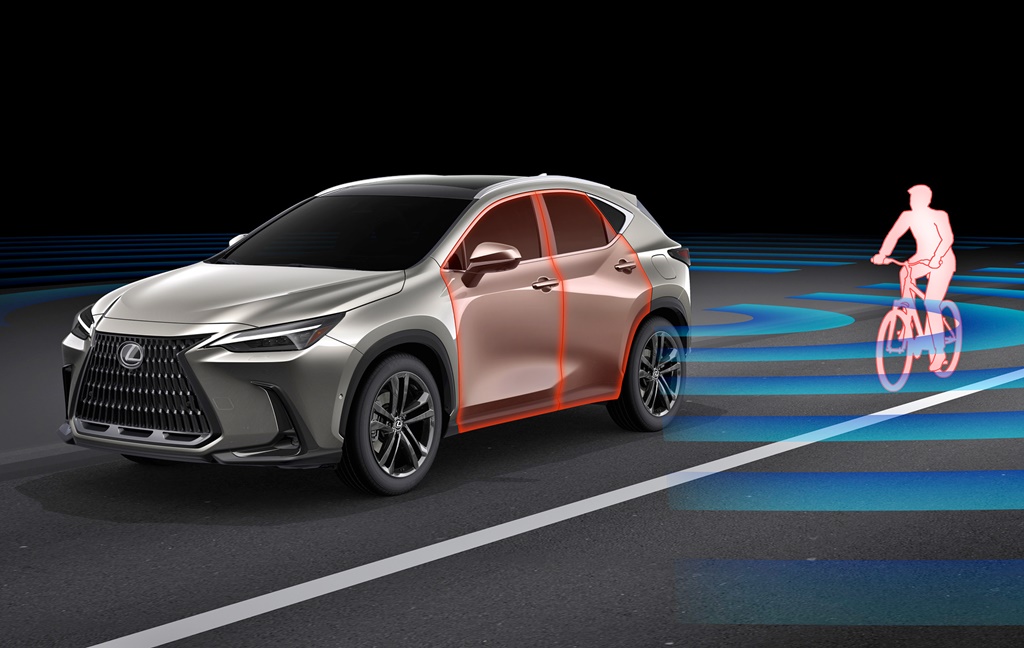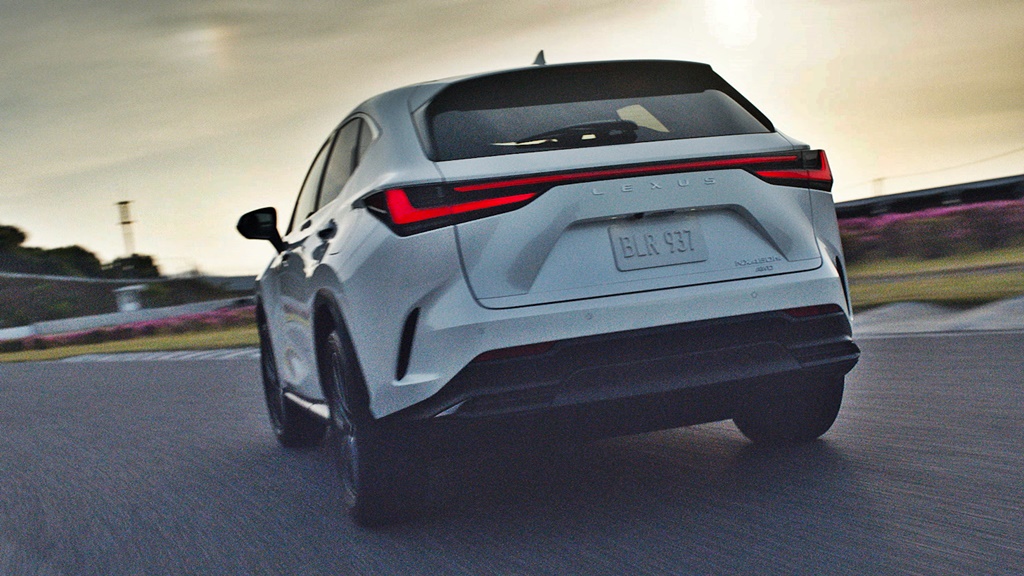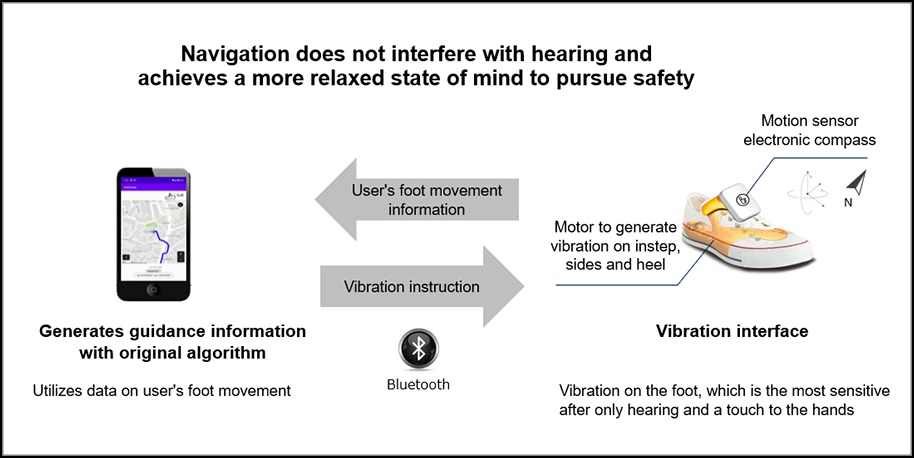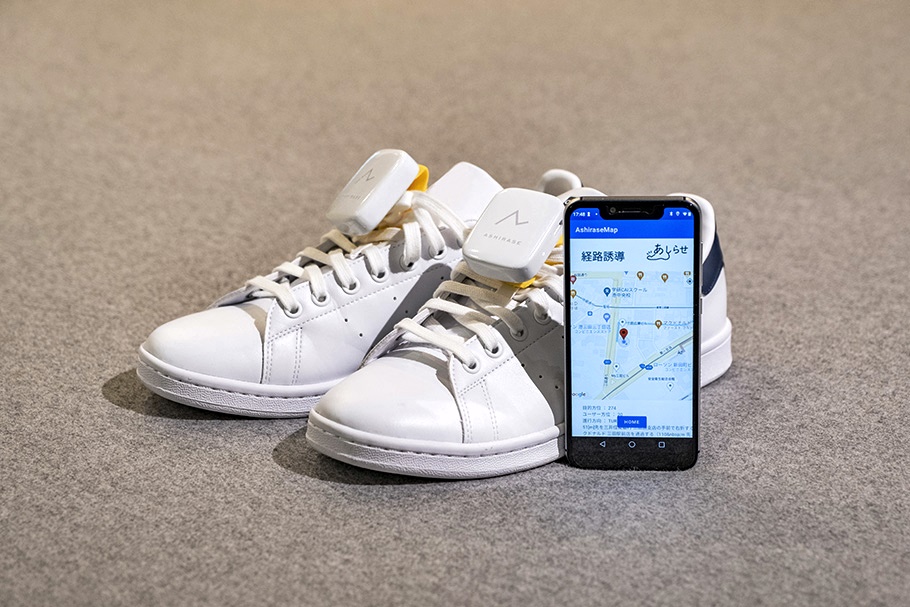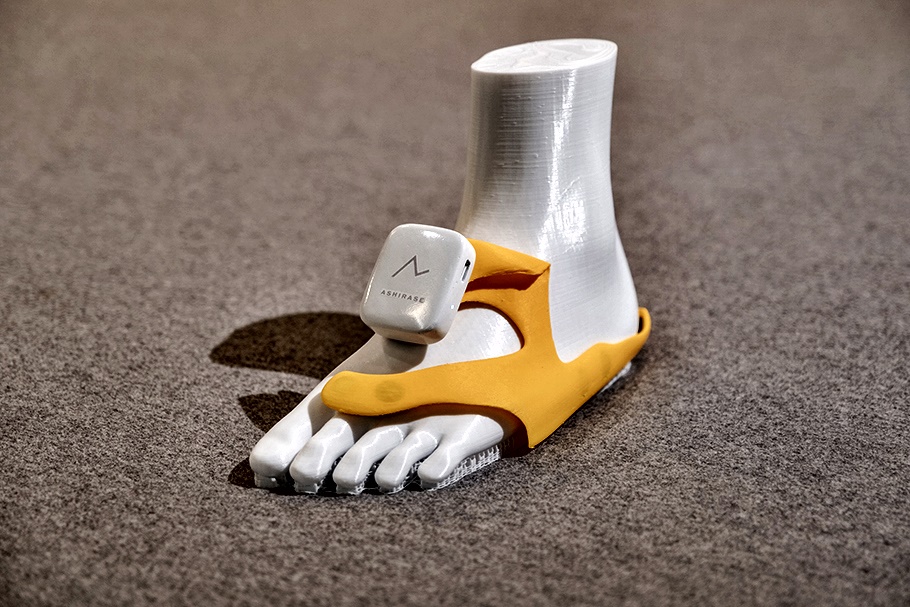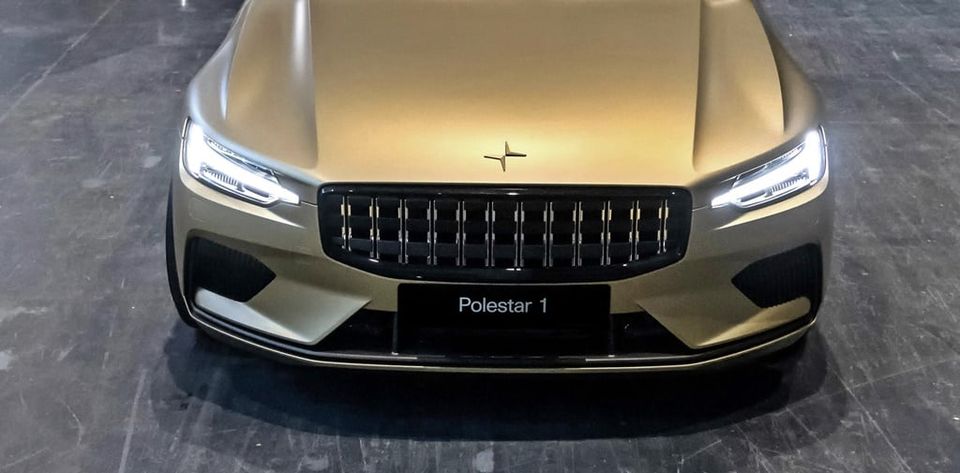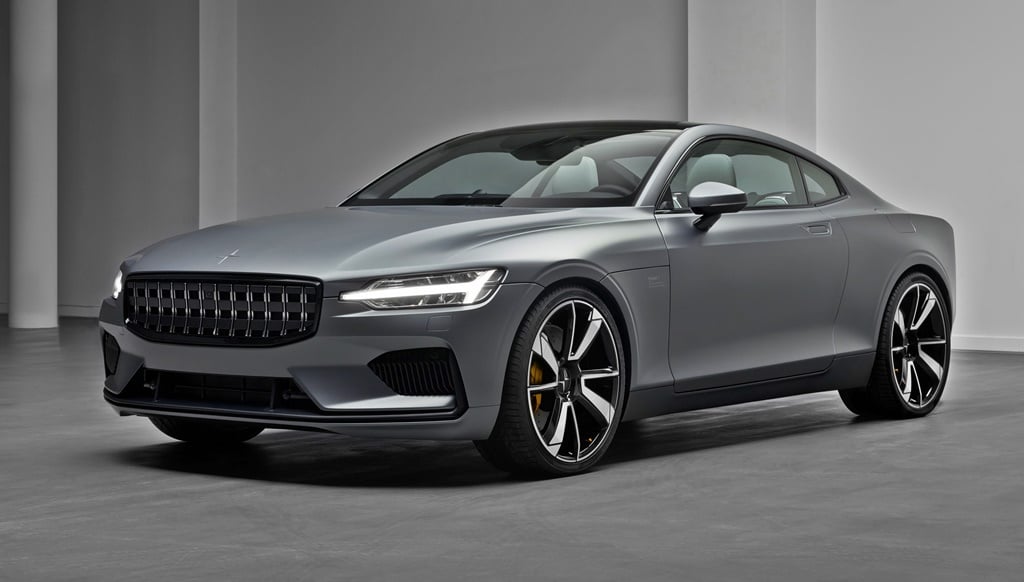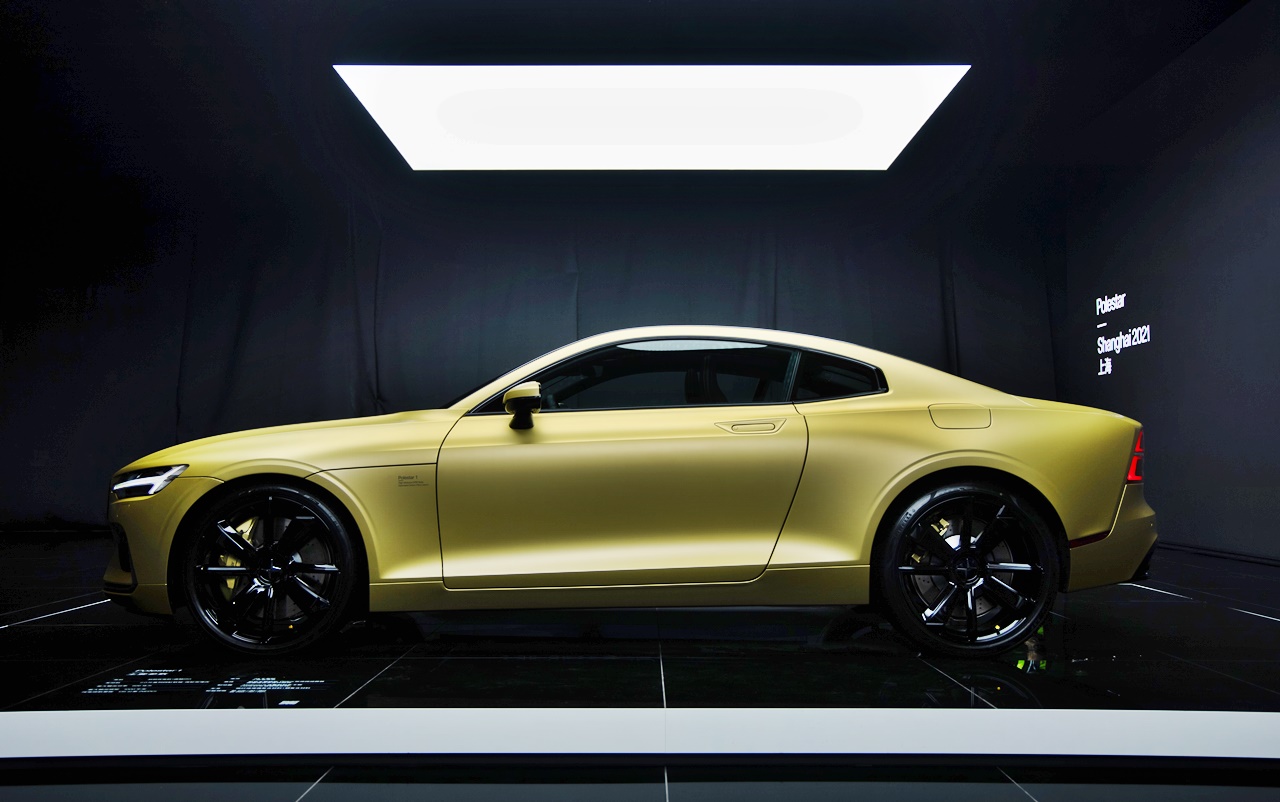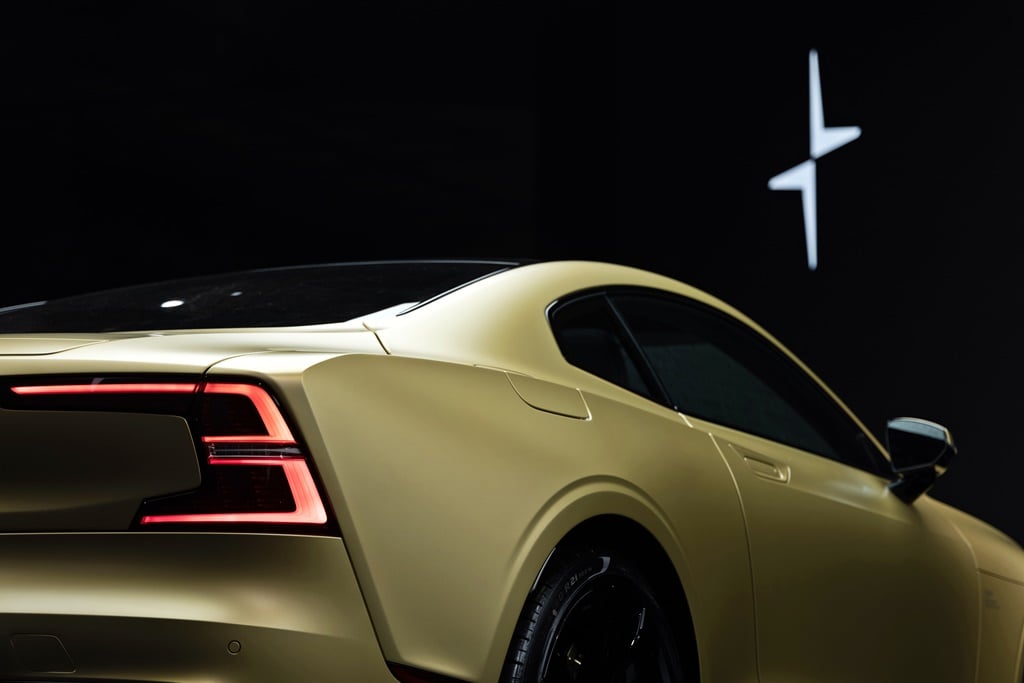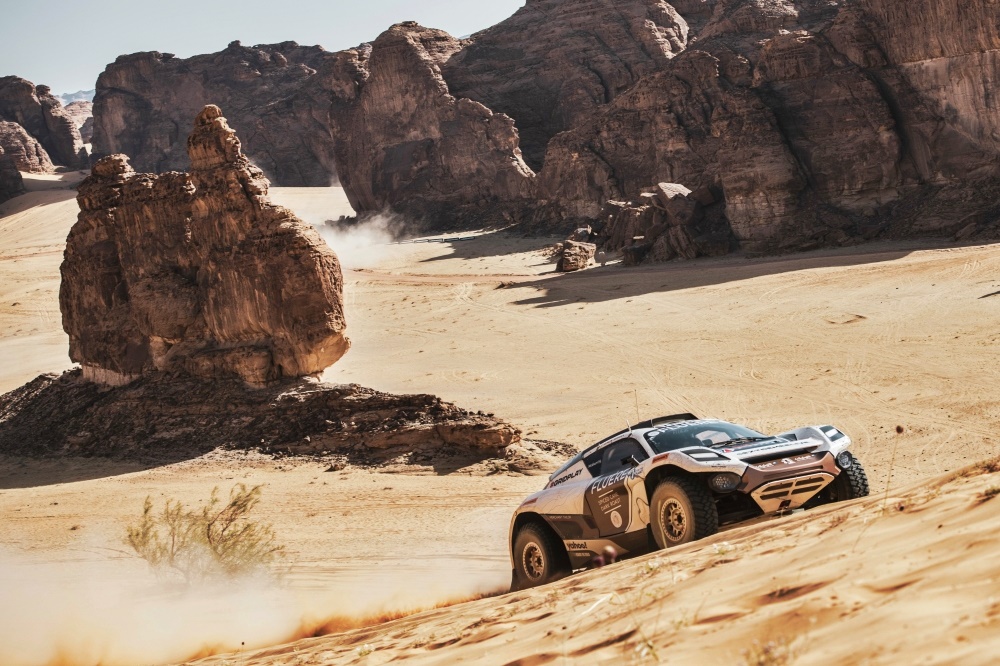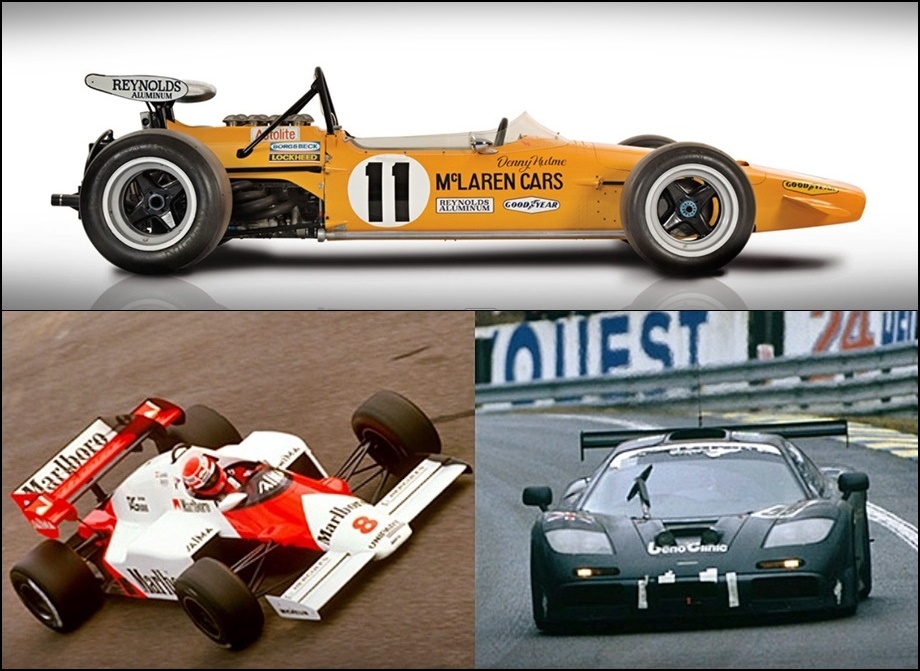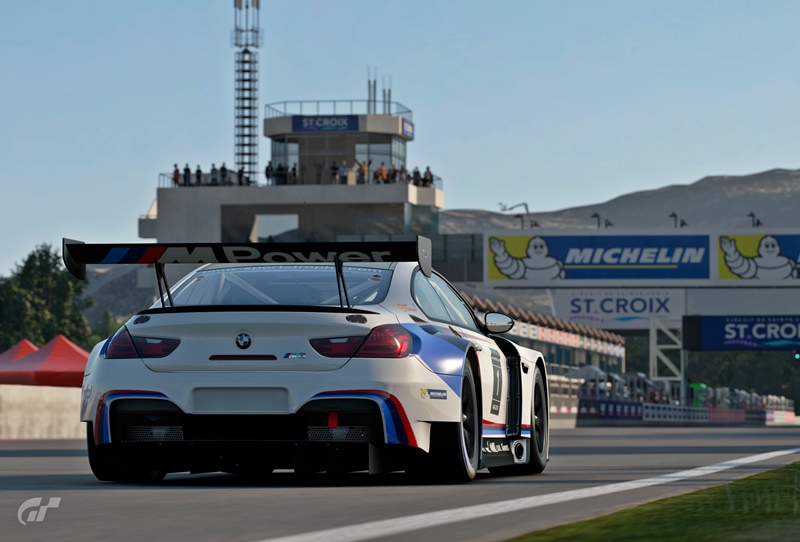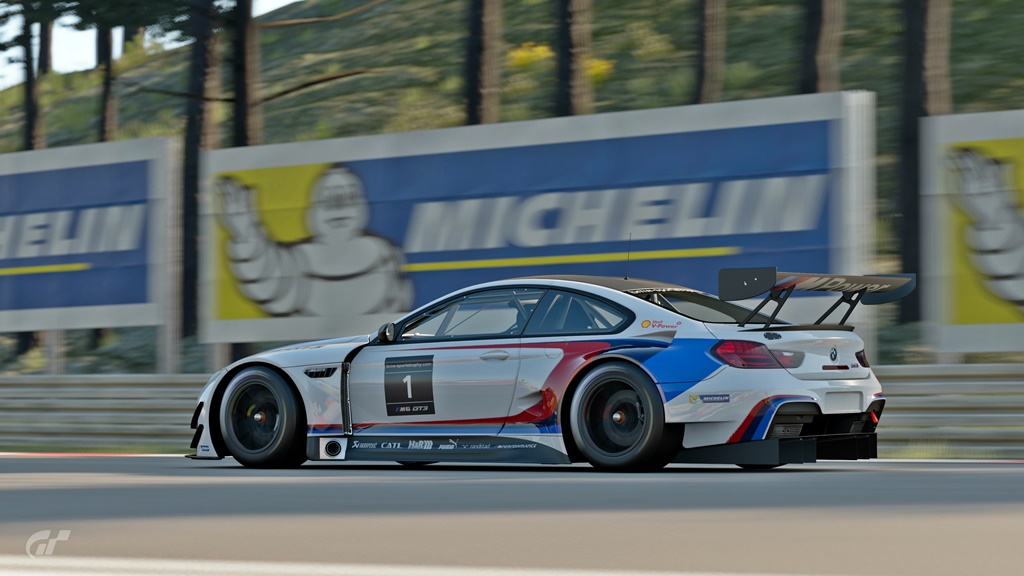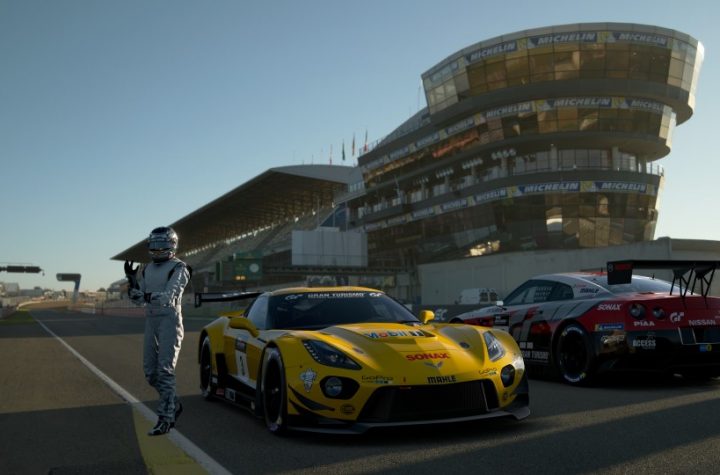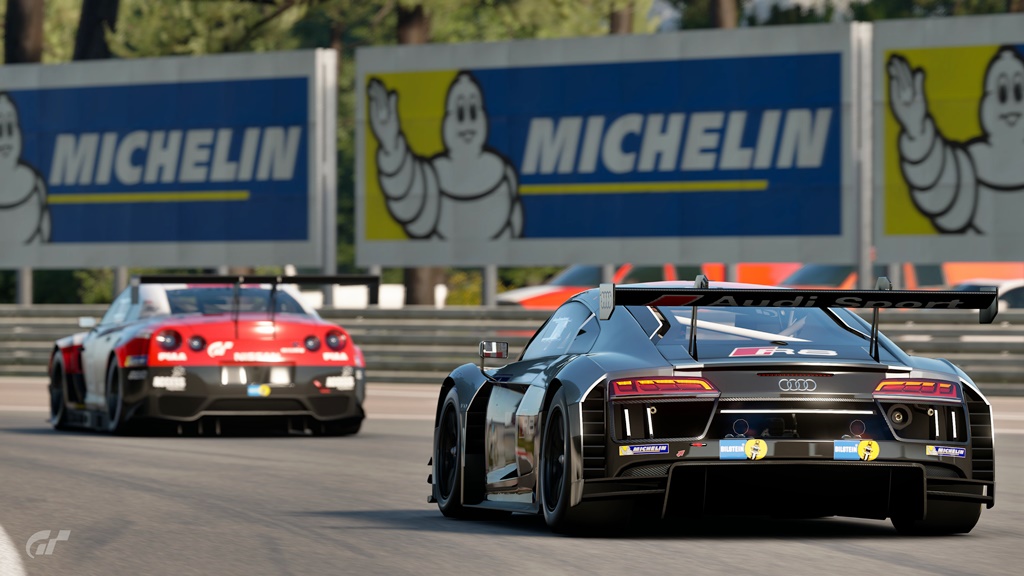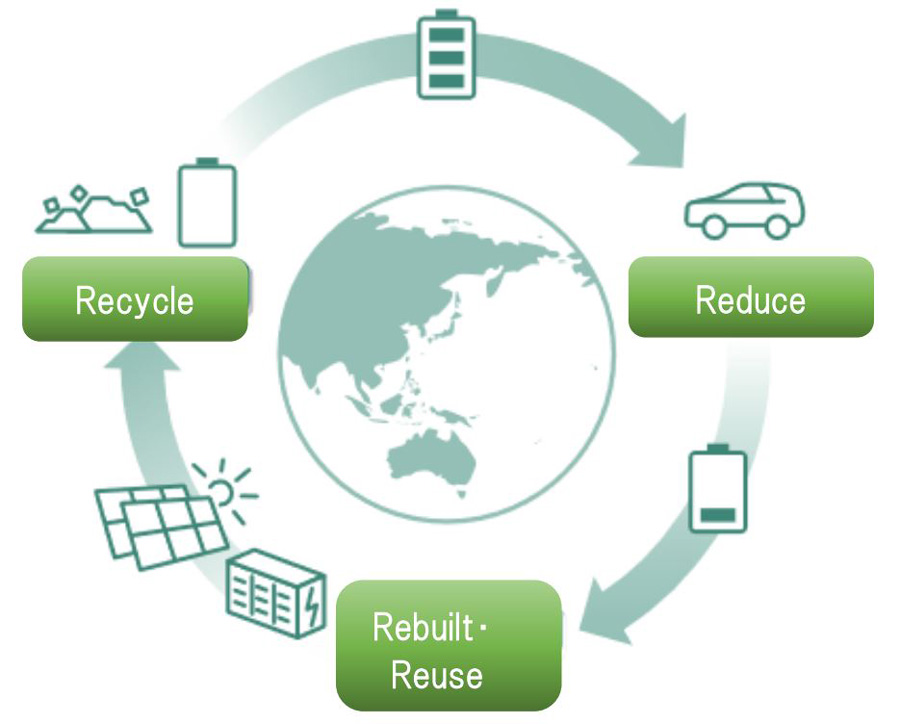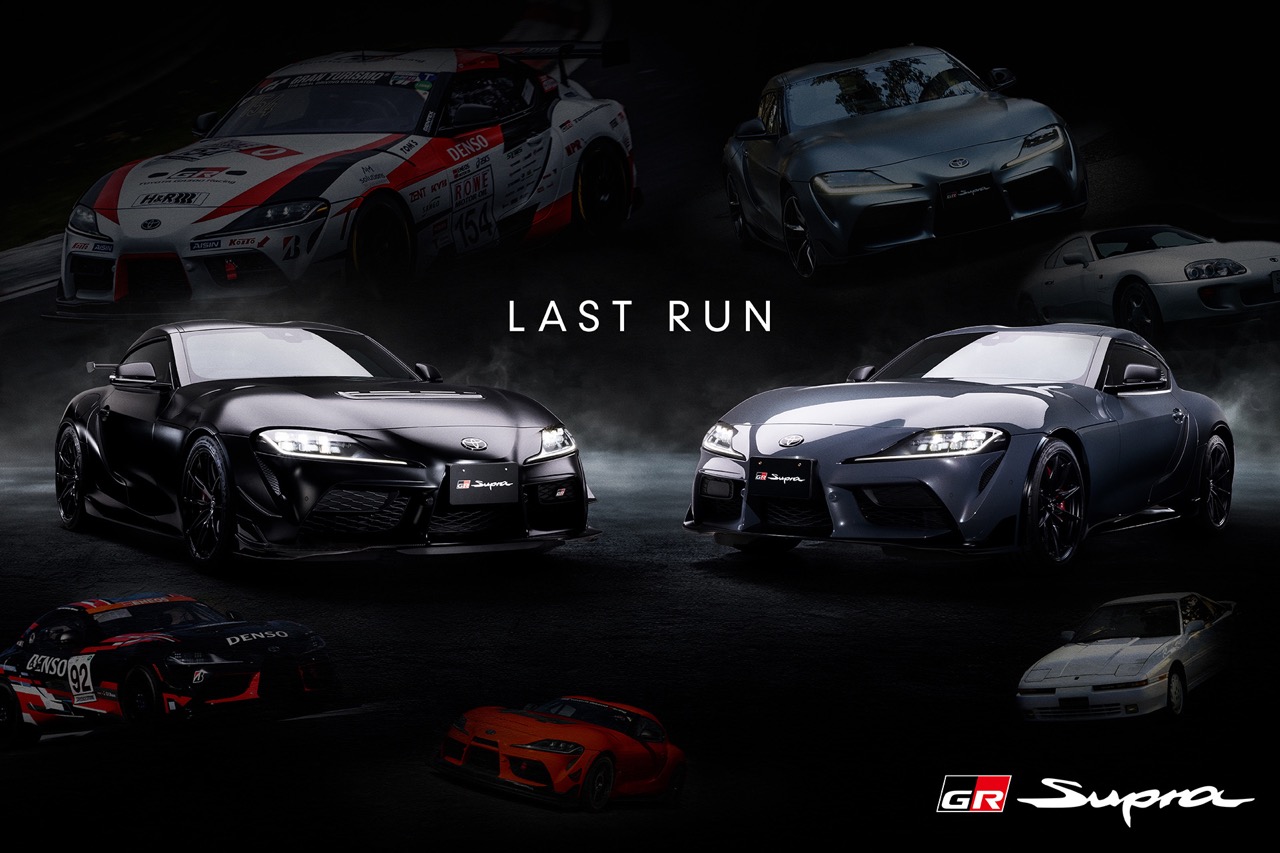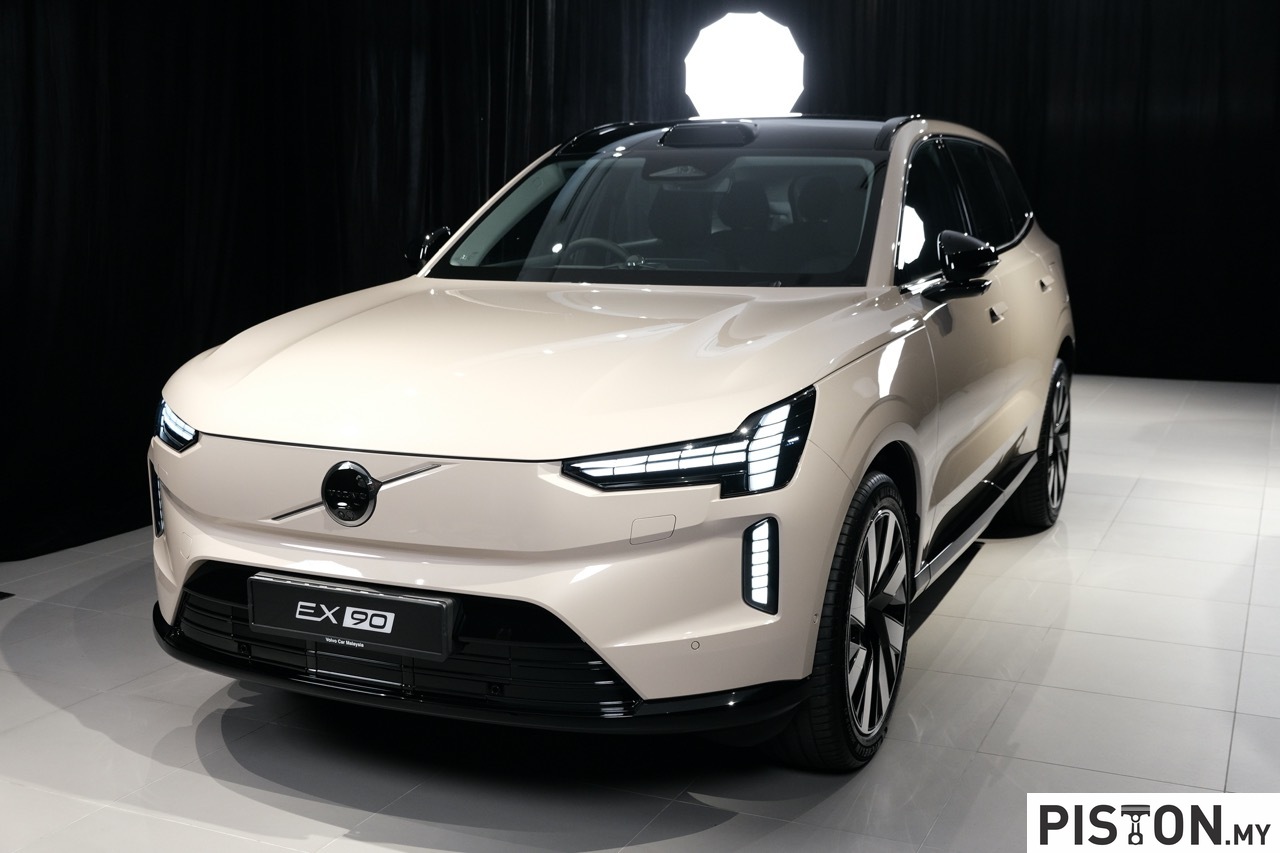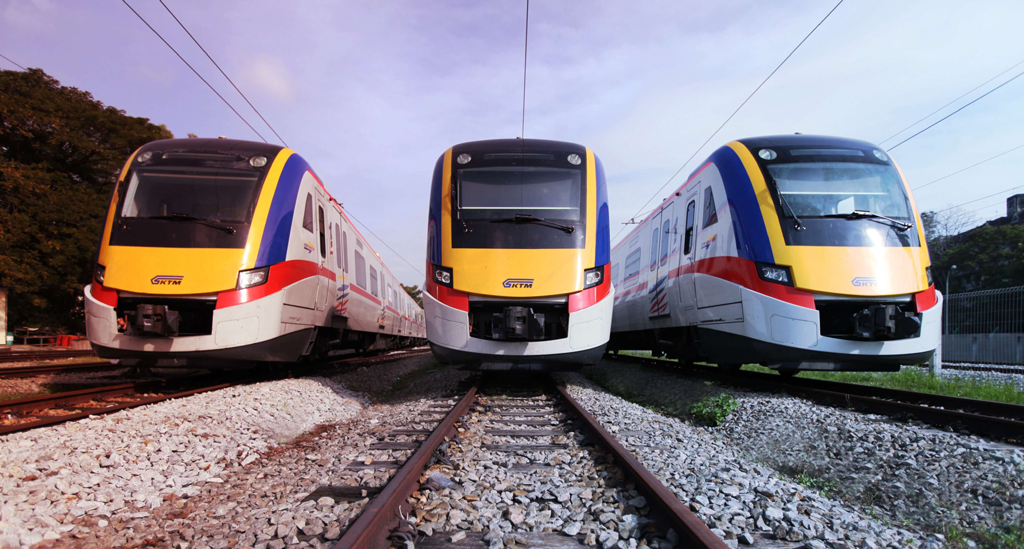With its digital unveiling of the Chiron Super Sport recently, Bugatti continues its development of elegant, comfortable, and ultra high-performance hyper sportscars. The new member of the Chiron family is the essence of what the engineers have learned and developed in recent years to create the ultimate Grand Tourer.
The Chiron Super Sport embodies a part of Bugatti’s broad spectrum of performance – a counterpart to the Chiron Pur Sport, which was made for cornering and lateral agility. It has been designed for speed, adopting a new vehicle design with optimized aerodynamics for the streamlined bodywork. From the front splitter to the rear diffuser, every centimetre of its skin is designed for top speed.
Superlative aerodynamic performance
At speeds over 420 km/h, a vehicle must offer sufficient downforce alongside minimal drag. “Our aim was to give the vehicle a neutral set-up at its top speed while also giving it as streamlined a shape as possible.” explained Frank Heyl, Deputy Design Director at Bugatti. “The uplift forces exerted on the bodywork at 440 km/h are immense. The body of the Chiron Super Sport generates massive downforce to counter this uplift and perfectly balance the forces.”
“The design process was therefore in particular about achieving aerodynamic efficiency,” Heyl continued. “The Chiron Super Sport’s extended rear, which is known as a long tail, gives it new proportions and very distinctive aesthetics.”
For aerodynamic performance, the rear has grown by approximately 25 cm to hold the laminar flow to the bodywork for as long as possible. Bugatti designers also enlarged the diffuser cross-section, pushing the diffuser’s trailing edge higher and thereby reducing the rear’s trailing surface by 44%. As a result, the slipstream and wind resistance generated are significantly reduced – factors which otherwise decelerate the vehicle.
Even from afar, the Chiron Super Sport is unmistakable due to its repositioned tailpipe configuration. To boost the effect of the diffuser and give it more space, Bugatti has shifted the otherwise central exhaust system to the side, with the pipes aligned vertically.
The 9 exhaust air holes on each fender are more than just a nod to the EB 110 Super Sport – they also serve to release the air pressure from the front wheel wells, thereby generating streamlined downforce at the front axle. Additional outlets behind the front wheel arches likewise help to balance out the aerodynamic loads.
For even greater exclusivity, new aluminium wheels in a 5Y-spoke design are available only for the Chiron Super Sport. These new Super Sport wheels are also available in a diamond-cut option. The Chiron Pur Sport’s iconic magnesium wheels, which further reduce the weight of the unsprung mass, are also available as an option.
Greater performance, higher revs
Bugatti thoroughly overhauled the 8.0-litre W16 engine for the Chiron Super Sport, boosting its performance by 100 ps to 1,600 ps. Maximum torque of 1,500 Nm is accessible from between 2,000 and 7,000 rpm, rather than up to 6,000 rpm. The extra engine speed (300 rpm) allows for even greater longitudinal acceleration and an even more emotive driving experience. The overall weight is also lowered by 23 kgs.
With the improved performance created by larger turbochargers with more efficient compressor wheels, the 7-gear dual-clutch transmission at full load and full speed transitions from sixth to seventh gear at 403 km/h. The claimed 0 to 200 km/h is 5.8 seconds and to 300 km/h is 12.1 seconds.
Chassis set-up for top speed
The new chassis has been developed specifically for the Chiron Super Sport’s high speeds and new aerodynamics. The steering systems and dampers create a firmer and more rigid connection to the vehicle from the driving feel, resulting in tighter steering for smoother steering movements. Harder springs stabilize the entire vehicle at top speed, and the engineers additionally also retuned the electronically controlled chassis.
Tyres with 500 km/h speed capability
Newly developed Michelin Pilot Sport Cup 2 tyres which have been optimized for top speed offer greater rigidity and smoothness than grip-optimized tyres fitted to the Chiron Pur Sport. What’s more, it is said that these are the only tyres that can consistently be used at up to 500 km/h. This is made possible by reinforced belts that can cope with immense forces – verified on the test bench originally built for the Space Shuttle.
Bugatti will soon begin with the manufacture of the Chiron Super Sport, with only 9 units planned for sale. Delivery of the hyper sportscars, each priced from 3.2 million euros (almost RM16 million) will start in early 2022.
Bugatti Chiron Sport versus Dassault Rafale Marine (w/VIDEO)





